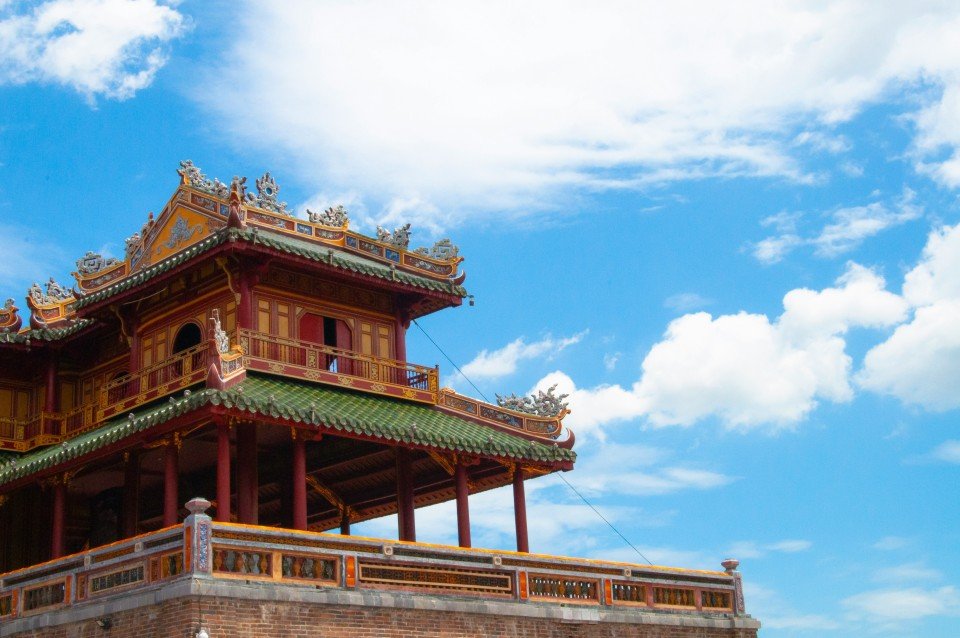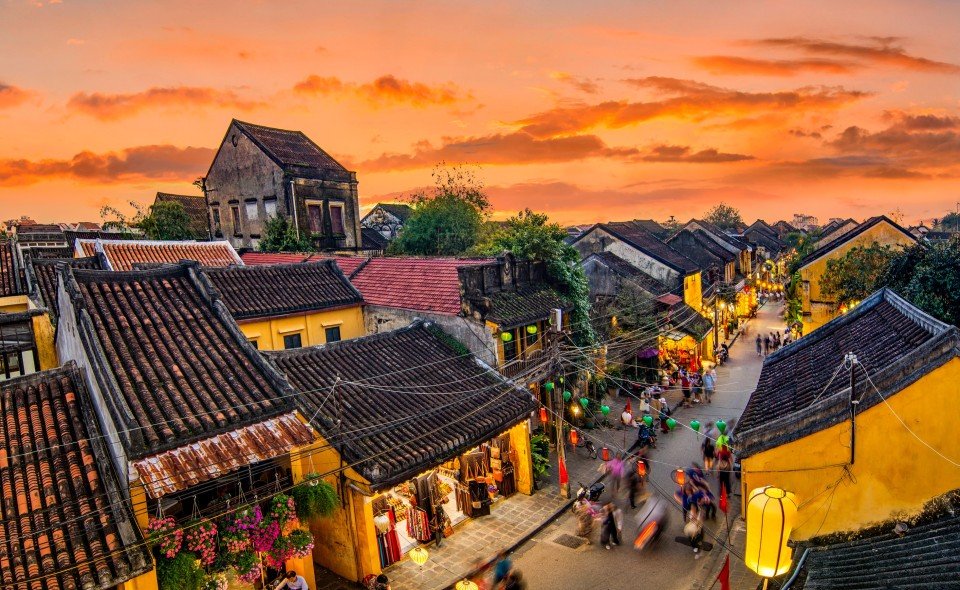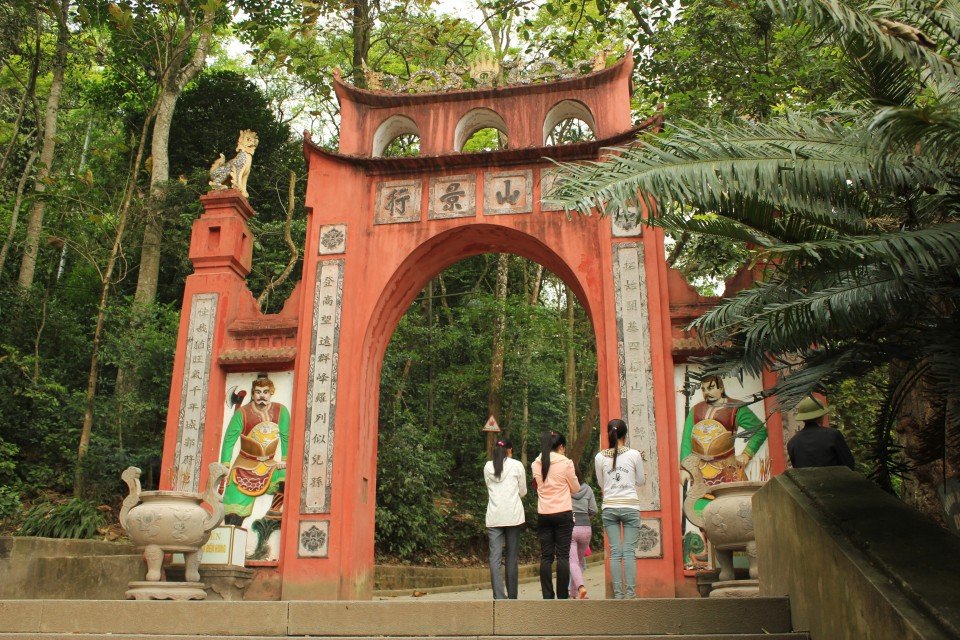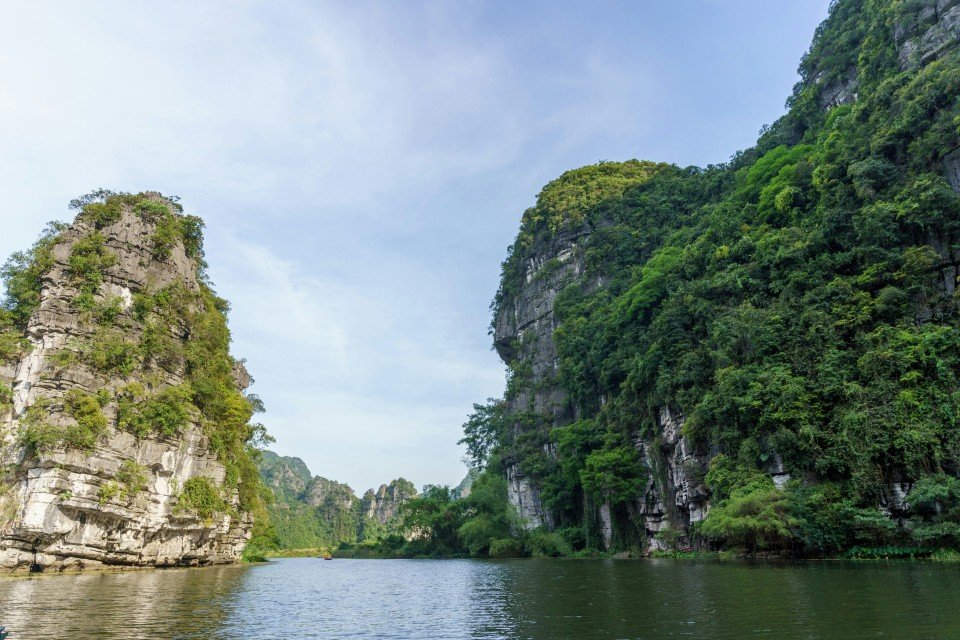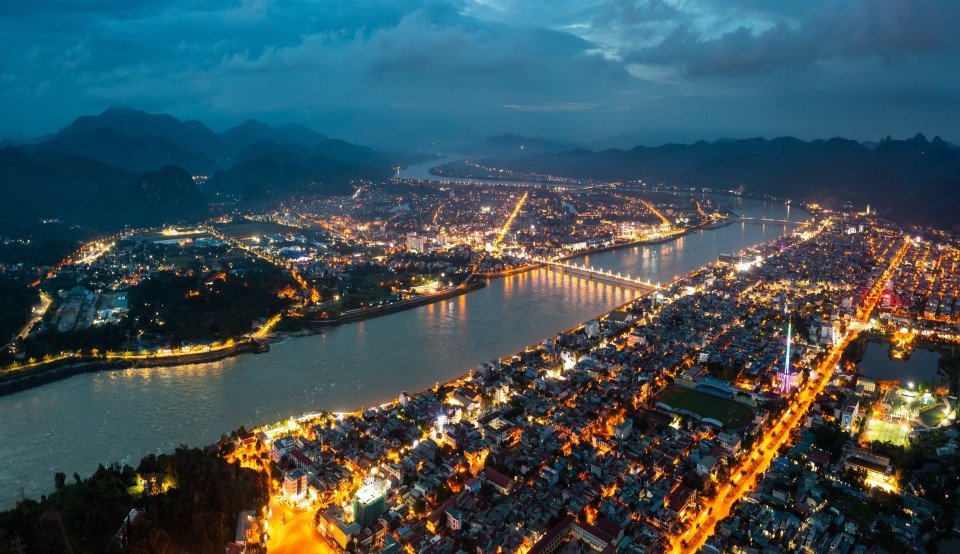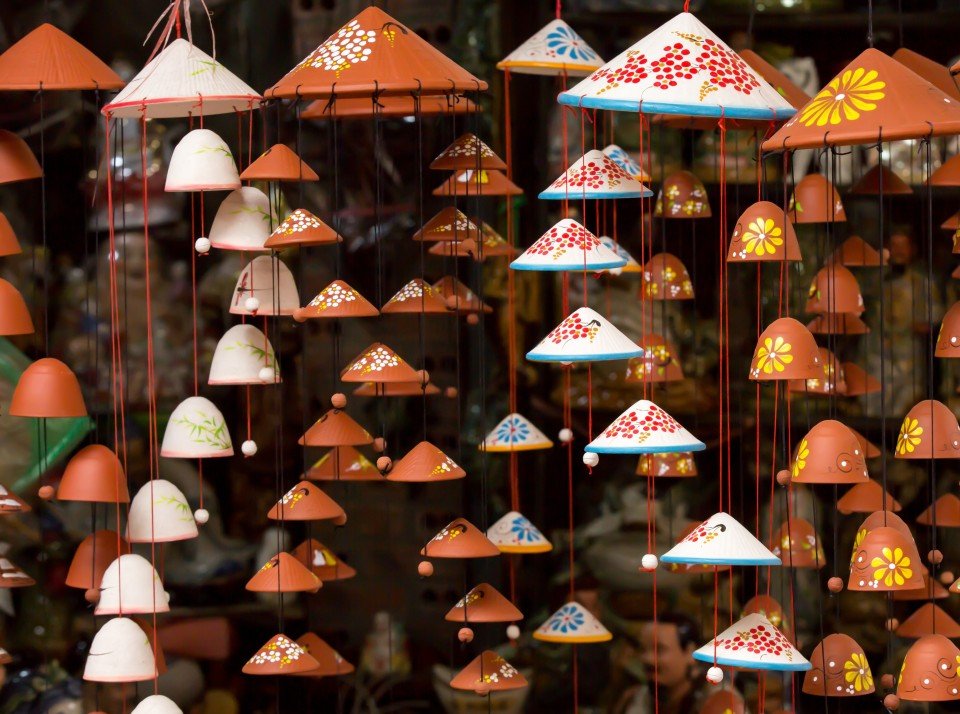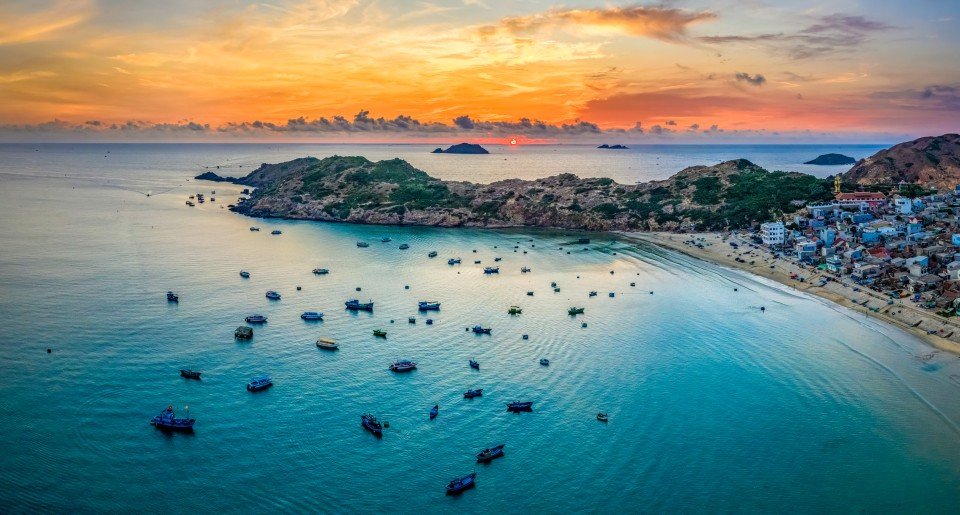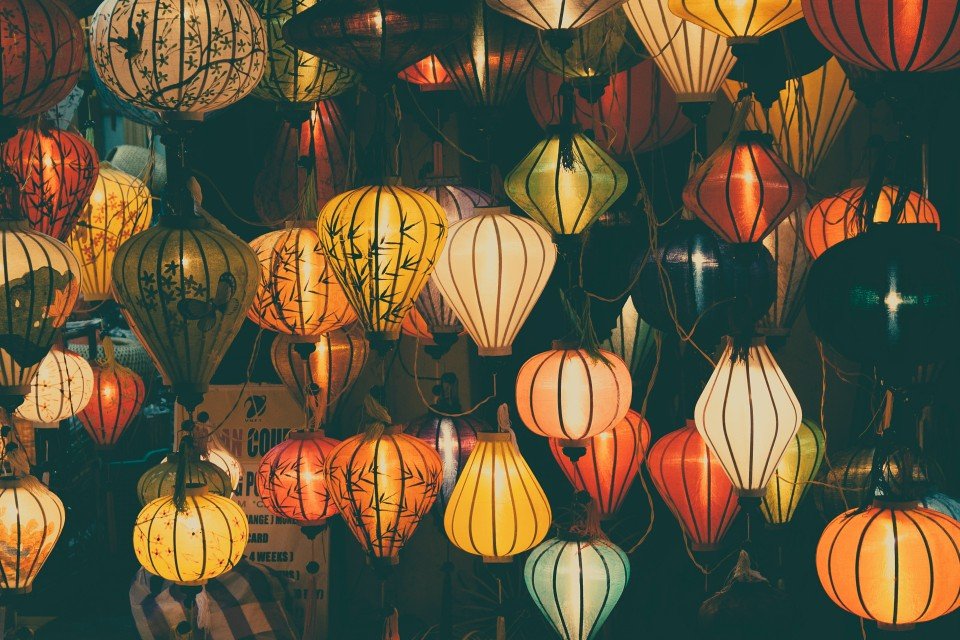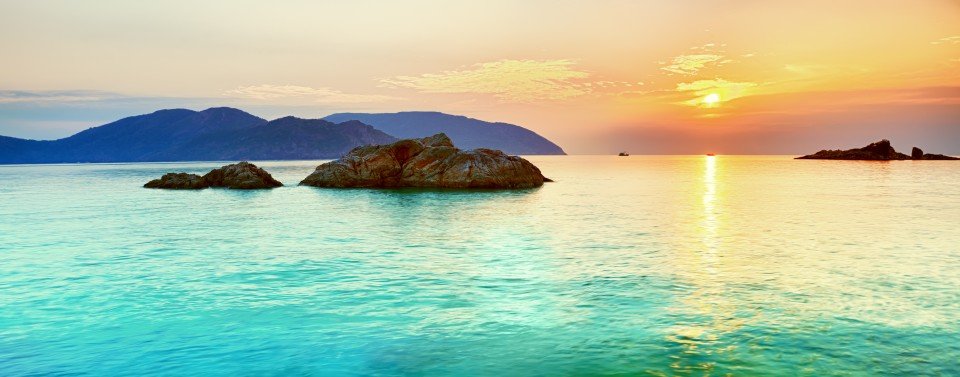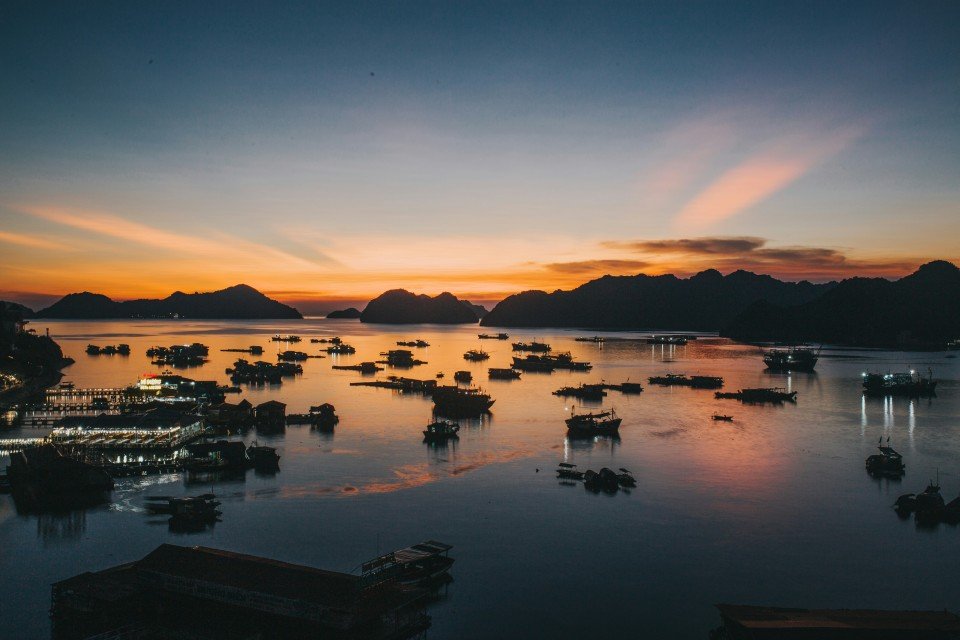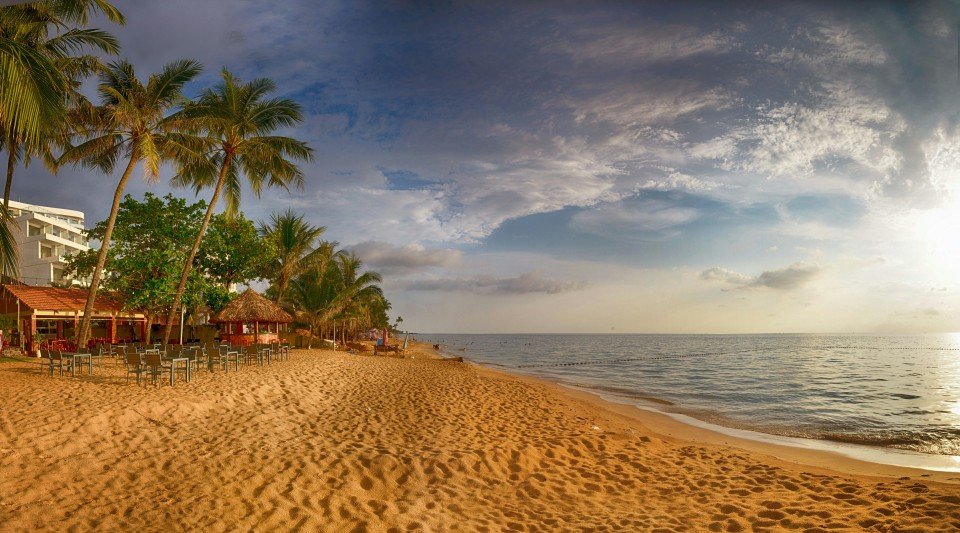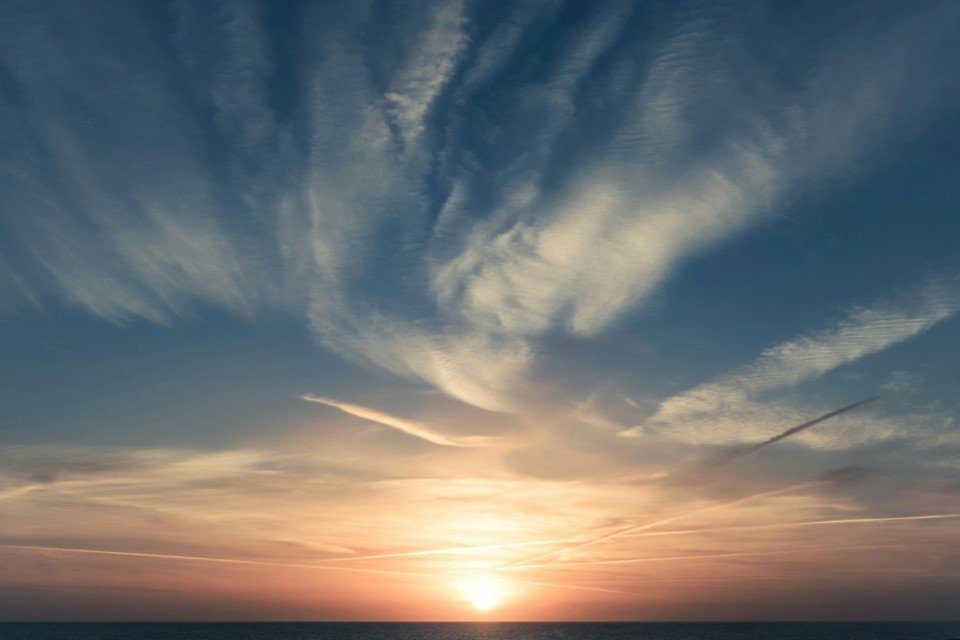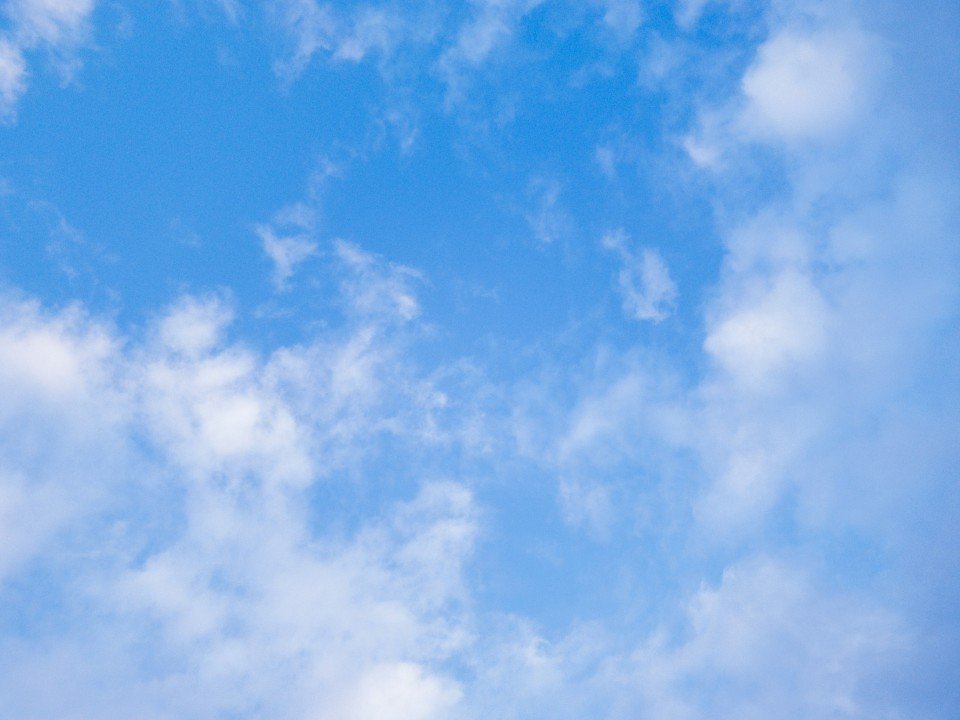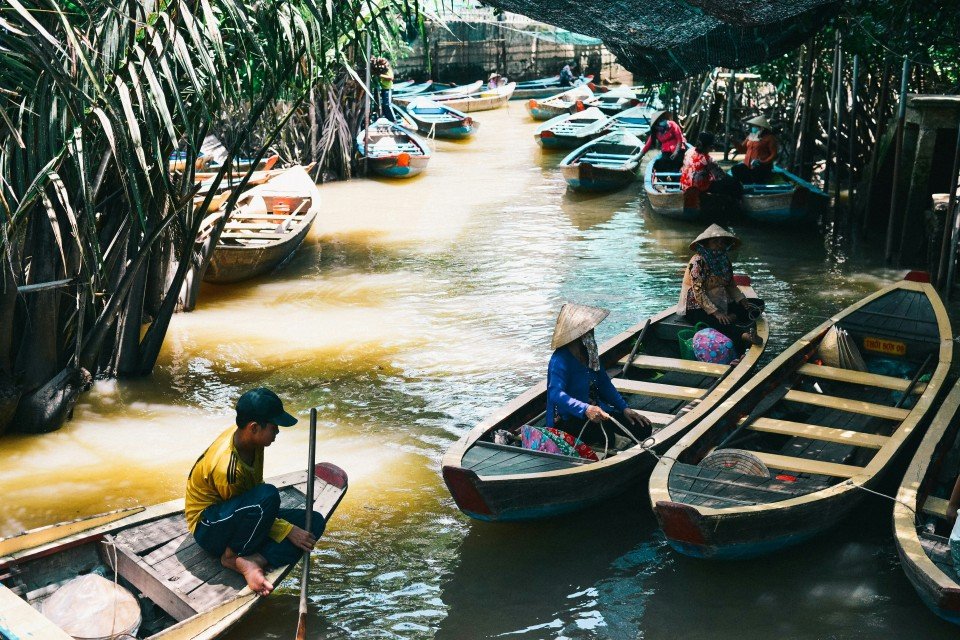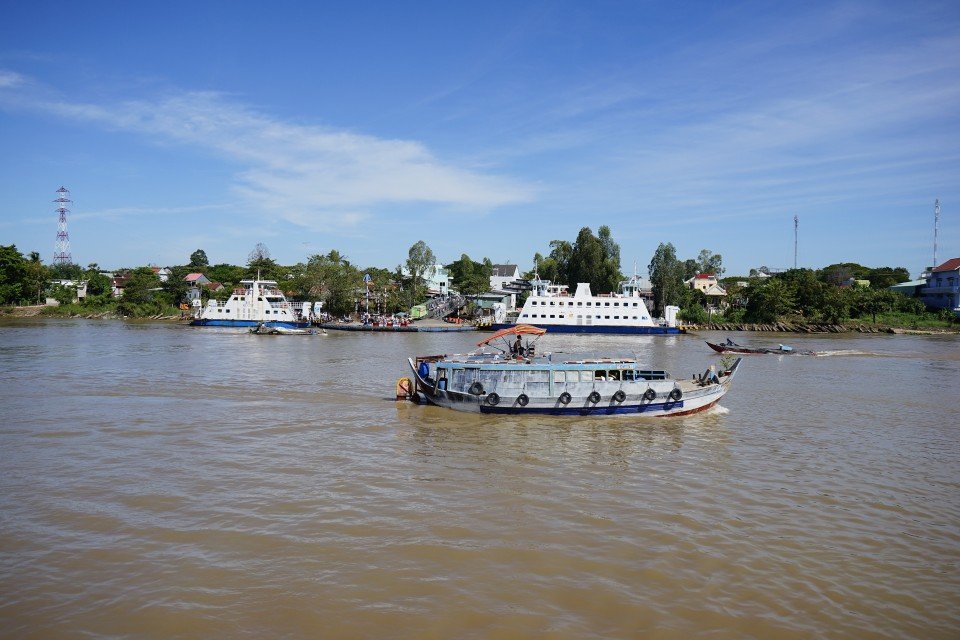Phnom Penh
Phnom Penh, Cambodia’s busy capital, sits at the junction of...
A river cruise across Asia is truly inspiring, with a cornucopia of fascinating destinations and stunning areas of natural beauty to be found along the banks of the continent's major waterways. As you travel on an exotic escape, you'll uncover a wealth of intriguing ancient landmarks, deeply spiritual cultures and bustling districts brimming with exciting excursion possibilities and authentic local experiences.
The Mekong is Southeast Asia’s most iconic river, flowing for over 2,700 miles across the boundaries of six nations including Vietnam and Cambodia. River cruises along this wonderfully exotic waterway, therefore, offer guests a diverse and enchanting Southeast Asian experience, encompassing a diverse range of cultures and destinations across a vast area of the continent.
Although not situated on the banks of the river, most Mekong itineraries will provide time in Vietnam’s bustling Hanoi and Ho Chi Minh City – formerly Saigon – at the beginning or end of a voyage, where travellers can appreciate the nation’s fascinating heritage and contemporary culture. Elsewhere on the Mekong, featured ports across Cambodia include the nation’s capital of Phnom Penh, Kampong Cham and Siem Reap – the gateway to the ancient temple complex of Angkor Wat.
• Asia river cruises are perfect for foodies, as you can sample an array of authentic dishes and local delicacies.
• Take strong walking shoes for days spent exploring ancient religious sites and temples.
• Pack lightweight clothes that will protect against insect bites and keep you cool.
• Pack modest clothing that will cover your shoulders and knees during temple and monastery visits.
View River Cruises to Vietnam View River Cruises to Cambodia
Kampong Tralach is located in the province of Kampong Chh...
Oknha Tey Village is a captivating island situated on the...
Kampong Chhnang, the "Port of Pottery", is a tranquil riv...
The rural commune of Kampong Prasat, with its very modest...
Prek Toal is a floating village on the Tonle Sap lake, an...
Chong Koh Village, nestled along the banks of the Mekong...
There are two Bangkoks, the ancient soul of Thailand with it...
Romantically referred to by the French as the Pearl of the O...
Kampong Tralach is located in the province of Kampong Chh...
Oknha Tey Village is a captivating island situated on the...
Kampong Chhnang, the "Port of Pottery", is a tranquil riv...
The rural commune of Kampong Prasat, with its very modest...
Prek Toal is a floating village on the Tonle Sap lake, an...
Chong Koh Village, nestled along the banks of the Mekong...
There are two Bangkoks, the ancient soul of Thailand with it...
Romantically referred to by the French as the Pearl of the O...
Kampong Tralach is located in the province of Kampong Chh...
Oknha Tey Village is a captivating island situated on the...
Kampong Chhnang, the "Port of Pottery", is a tranquil riv...
The rural commune of Kampong Prasat, with its very modest...
Prek Toal is a floating village on the Tonle Sap lake, an...
Chong Koh Village, nestled along the banks of the Mekong...
There are two Bangkoks, the ancient soul of Thailand with it...
Romantically referred to by the French as the Pearl of the O...
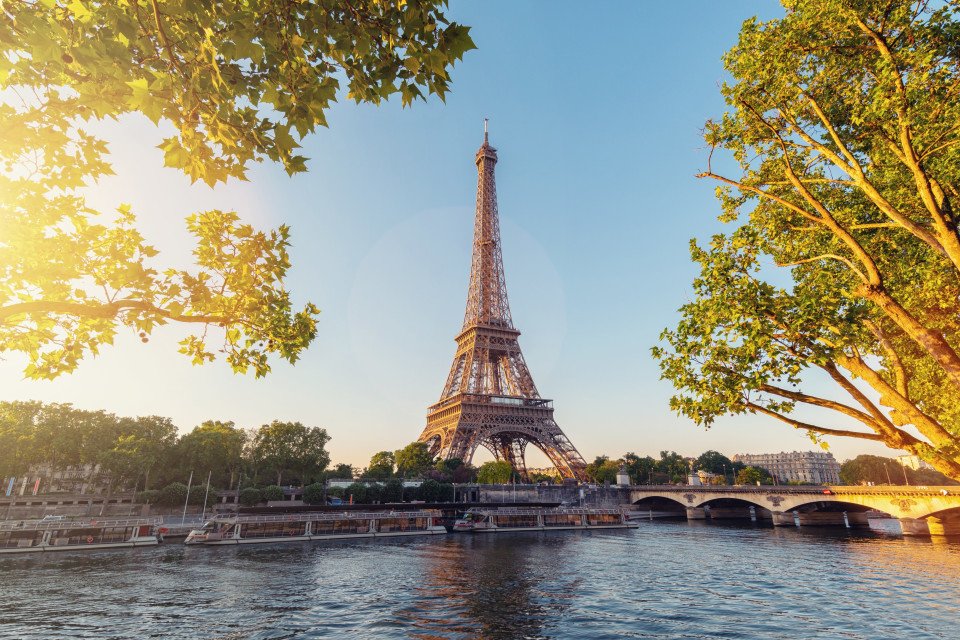
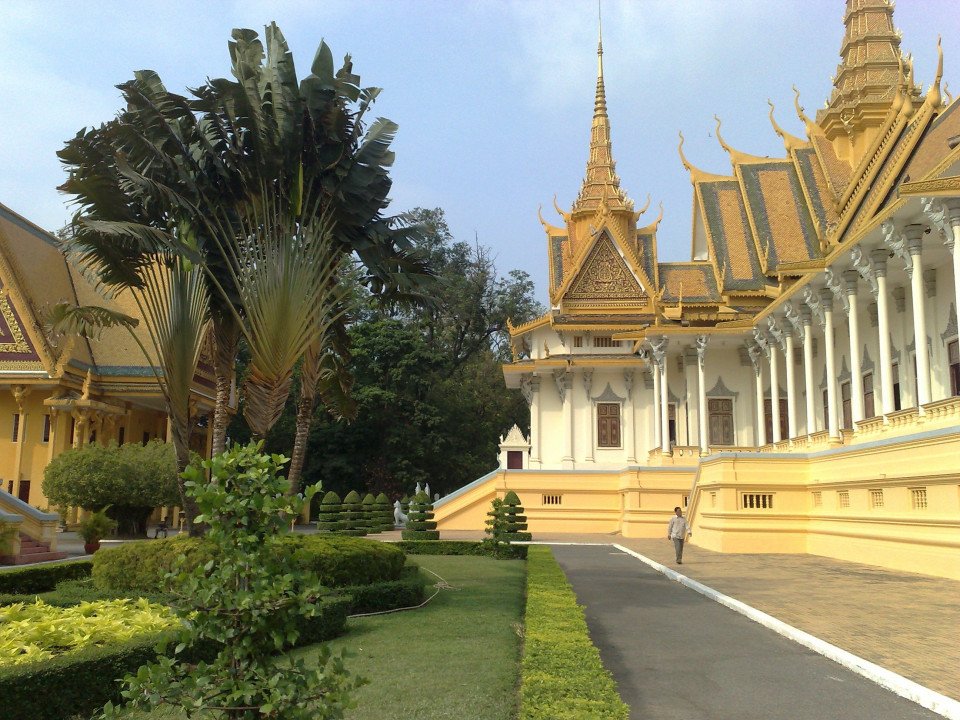
Phnom Penh, Cambodia’s busy capital, sits at the junction of the Mekong and Tonlé Sap rivers. It was a hub for both the Khmer Empire and French colonialists. On its walkable riverfront, lined with parks, restaurants and bars, are the ornate Royal Palace, Silver Pagoda and the National Museum, displaying artifacts from around the country. At the city’s heart is the massive, art deco Central Market.
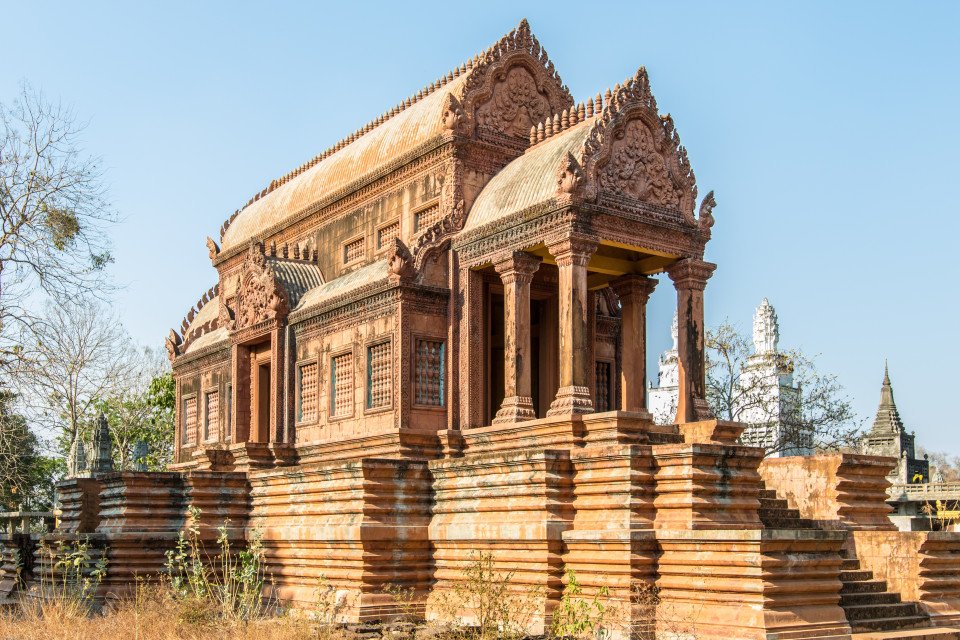
Kampong Cham, the capital city of Cambodia's Kampong Cham Province, is a vibrant cultural destination with a rich history and serene landscapes. Situated along the banks of the Mekong river, visitors to Kampong Cham can explore the nearby Wat Nokor temple and immerse themselves into local life and culture.
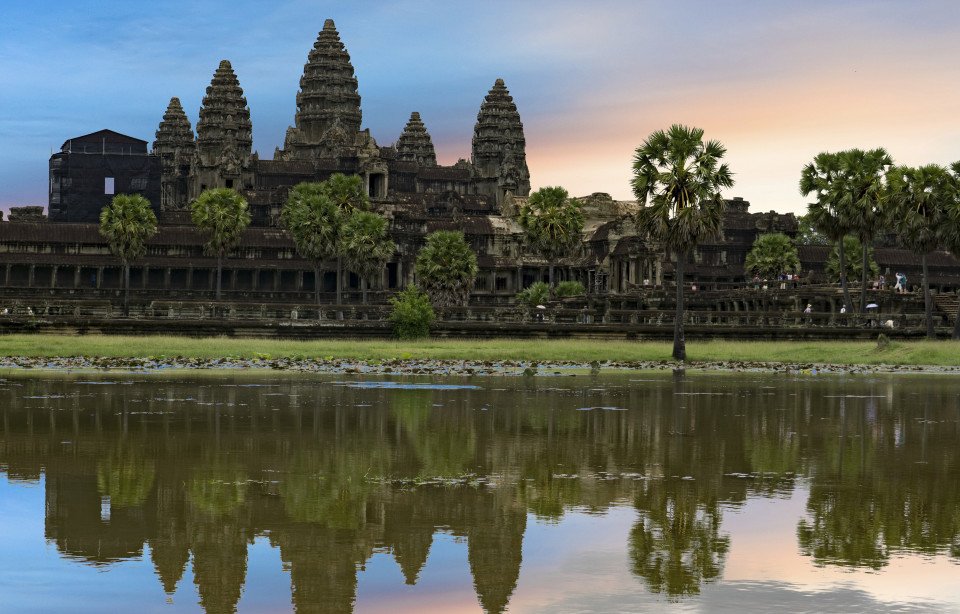
Siem Reap, in the northwest Cambodia, is a major tourist hub in the country. Once the seat of power for the Khmer Empire, the name of the city translates to Siamese defeated - a reference to the victory of the Khmer Empire over the army of the Thai kingdom in the 17th century. Siem Reap is the closest city to the world famous temples of Angkor, and its provincial capital sits on the shores of the Tonle Sap lake, making it the most popular tourist destination for those exploring Cambodia.

Angkor Ban is a beautiful city known best for its vibrant culture and enchanting temple complexes. Situated in Cambodia, in the north-western region of the Siem Reap Province, Angkor Ban has a population of approximately 48 thousand, many of whom are ethnic Khmer.
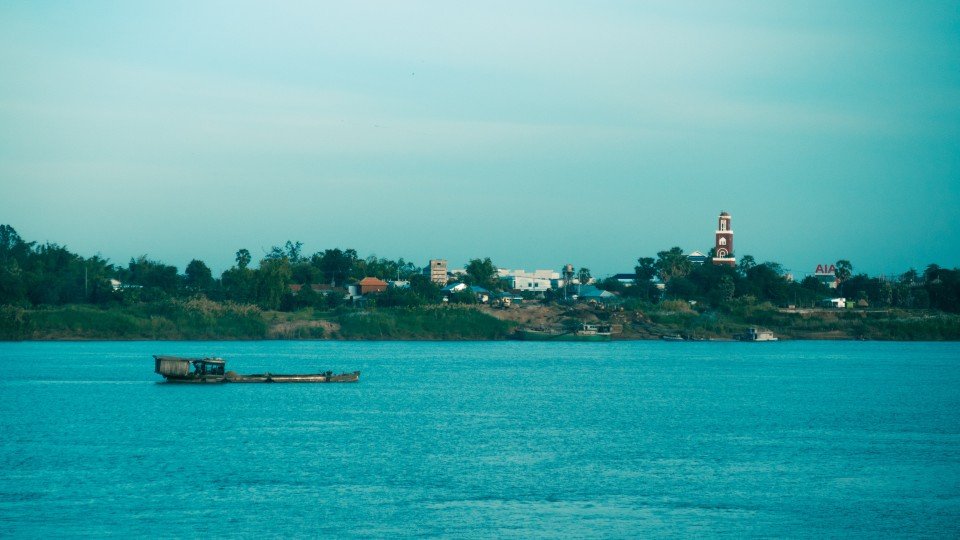
Kampong Tralach is located in the province of Kampong Chhnang, Cambodia, and is renowned for its range of contemporary and traditional attractions and vibrant culture. The small city, situated amidst the Mekong river and Tonle Sap River, is an ideal destination for tourists and nature enthusiasts alike.
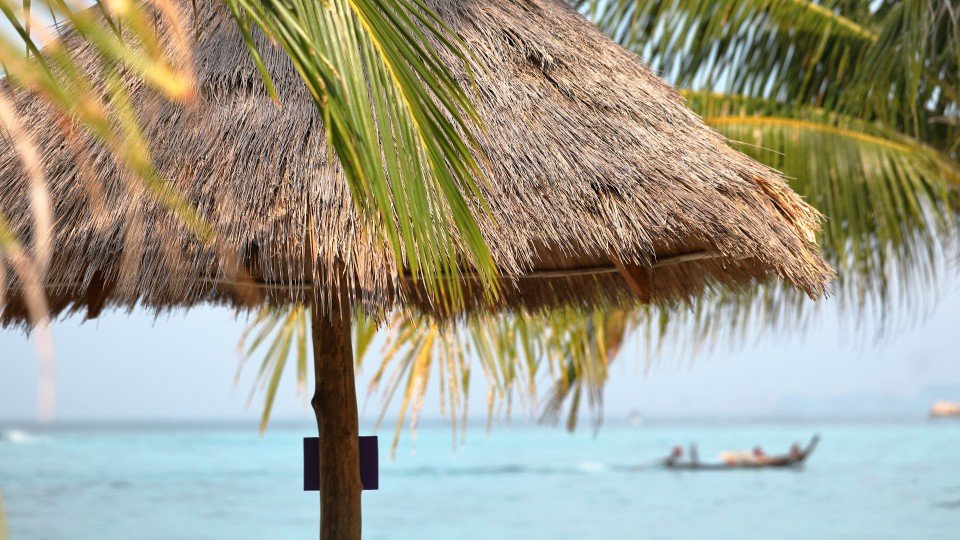
Koh Chen, a quaint island situation in the Tonle Sap lake, is one of Cambodia's hidden gems. Famed for its local craftsmen and skilled artisans, intricately handcrafted silver and copperware showcase a tradition passed down through generations and offer insight into the island's rich history.
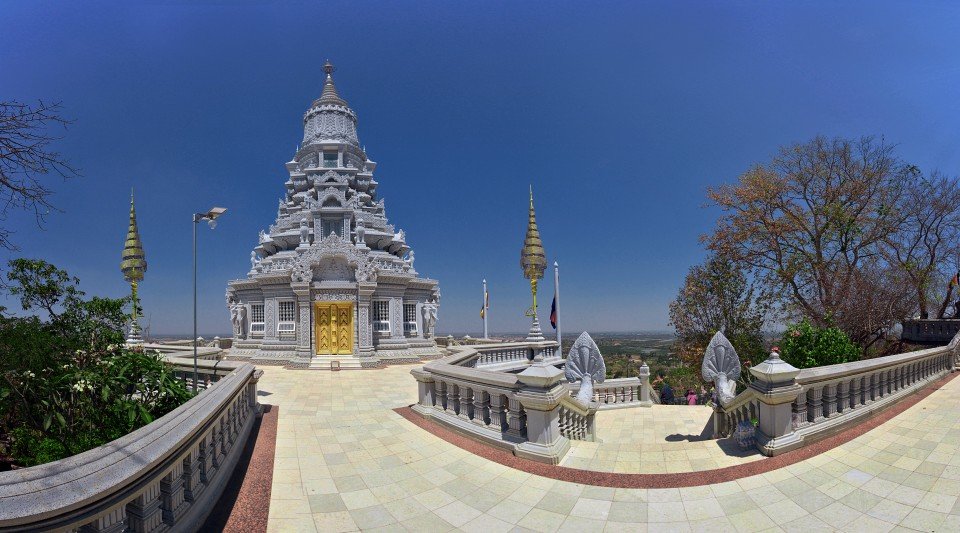
Oudong, once the royal capital of Cambodia, is a historical gem nestled about 40 kilometres north of Phnom Penh. This serene town is known for its impressive temples and stupa-covered hills, offering a glimpse into the country’s royal heritage. Visitors can explore the ancient capital’s stunning pagodas, including the prominent Wat Udong, which boasts beautiful architecture and panoramic views of the surrounding countryside. The area is rich in history, with many archaeological sites that reflect the legacy of the Khmer Empire. With its tranquil atmosphere and cultural significance, Oudong is a captivating destination for those looking to delve deeper into Cambodia’s past.
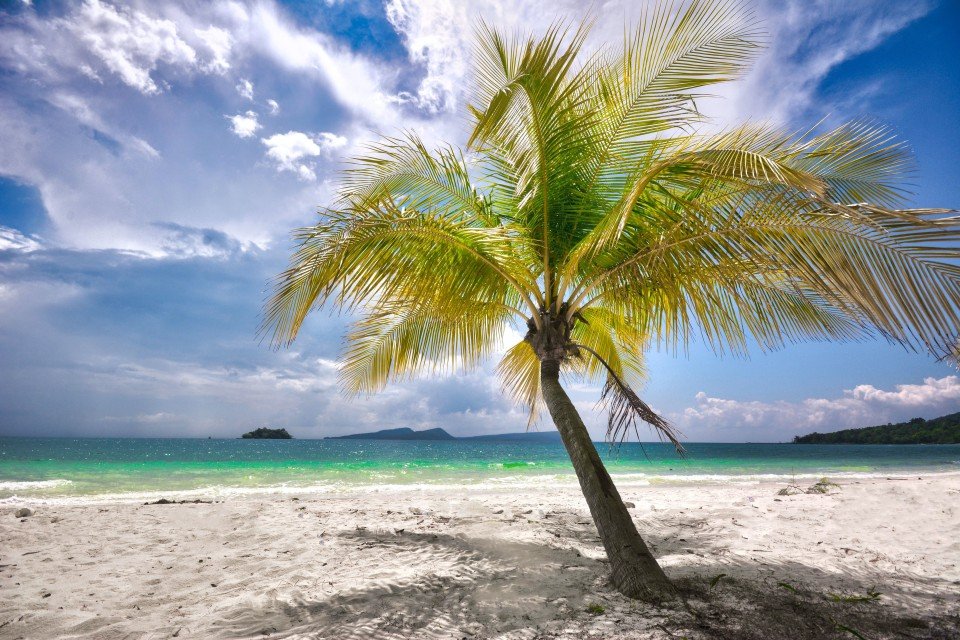
Oknha Tey Village is a captivating island situated on the Mekong River. It is most known for its famous silk weaving village, weaving a cultural allure into the tapestry of the picturesque island destination.
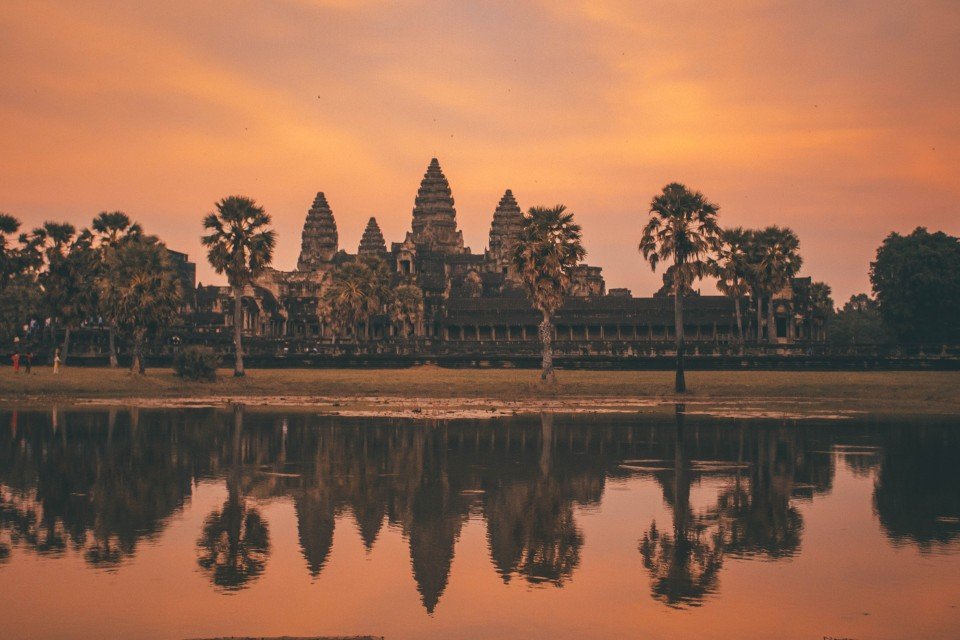
Prek Kdam is a rural village in the Kandal Province of Cambodia, home to the Prek Kdam temple and Prek Kdam Bridge, also known as the 2nd Cambodia-China Friendship Bridge.
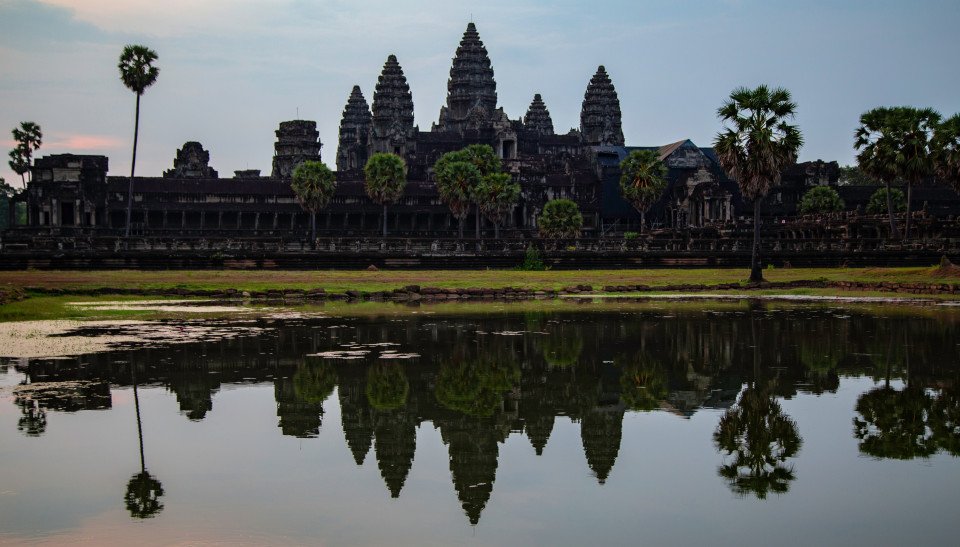
Angkor, in the northwest of Cambodia, hosts the impressive Angkor Archaeological Park - a UNESCO World Heritage site. Best known for its magnificent temples, Angkor was once the capital of the Khmer Empire, from the 9th to 15th centuries, and stands today as a testament to the country's enduring rich cultural and architectural legacy.

Kampong Chhnang, the "Port of Pottery", is a tranquil river port town located at the heart of Cambodia. The province is famous for producing traditional Khmer pottery, an art passed down through generations for over a millennium.
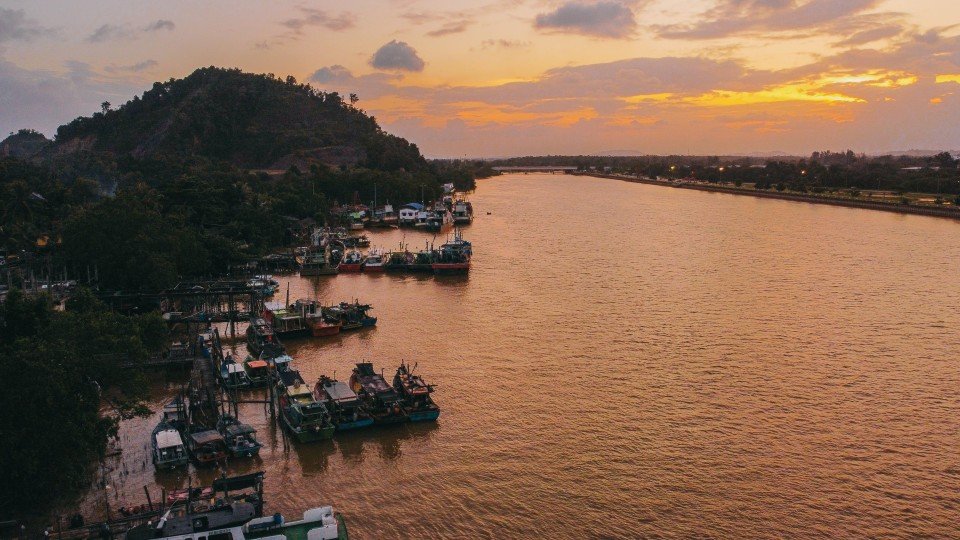
Preaek Prasab is a district located in Kratié province, Cambodia, and is situated close to the Sopor Kaley mountain. The mountain boasts stunning views of the Mekong River, the longest river in Southeast Asia.
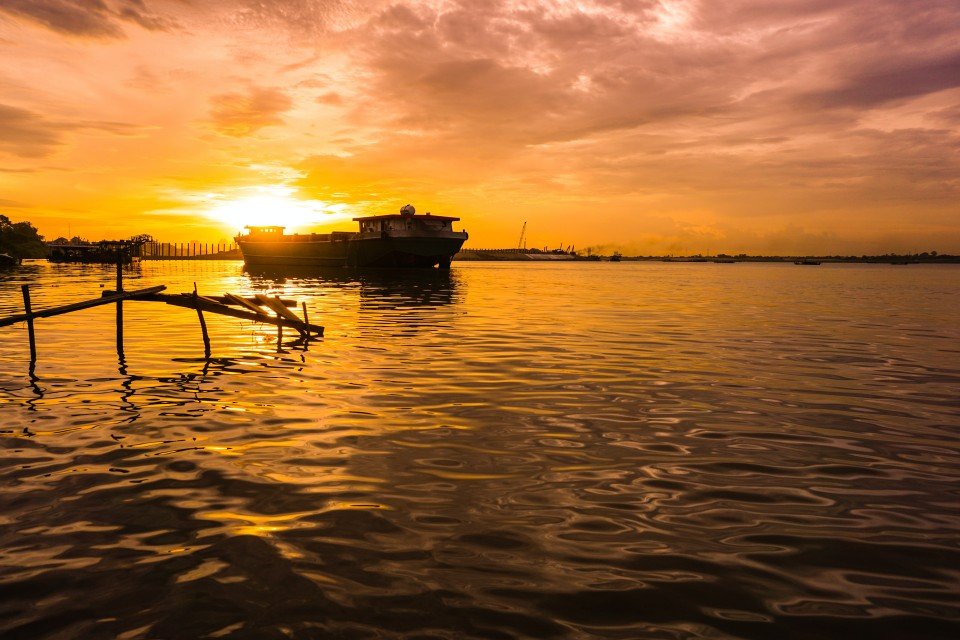
The rural commune of Kampong Prasat, with its very modest population, is situated in Cambodia in the province of Kâmpóng Cham. The historical significance of the area is enhanced by its association with the site of an ancient temple, adding an element of cultural richness to the tranquil destination.
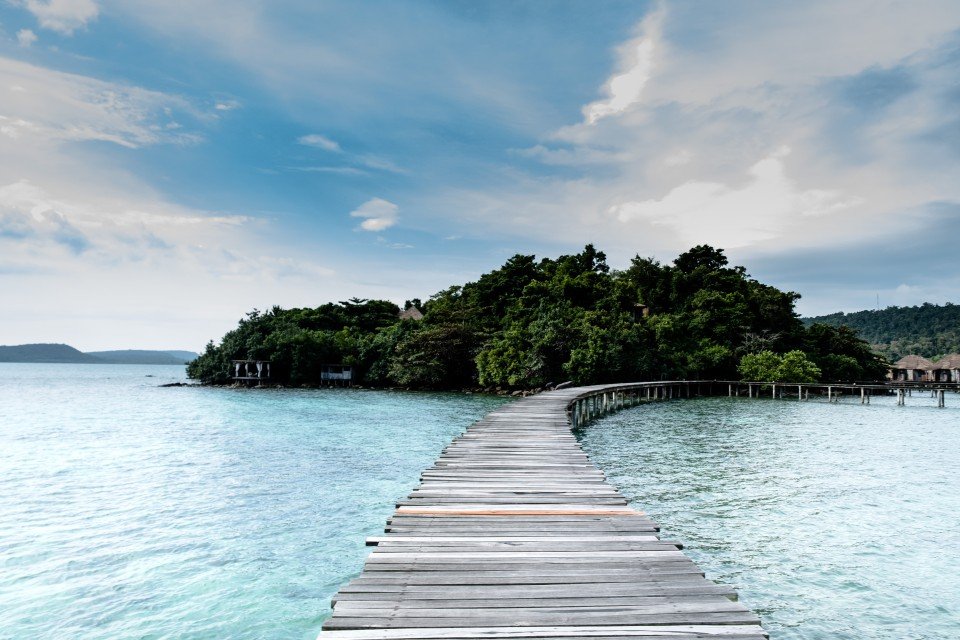
Sihanoukville is the premier beach destination in Cambodia for tourists and Cambodians alike, with golden white sands, tropical islands and mangrove jungles. A relatively new city, it sprang to life in 1955 with the construction of the only deep-sea port of a newly independent Cambodia. With the bay of Thailand surrounding it on three sides, Sihanoukville was named in honour of the former King Norodom Sihanouk in 1964. As Cambodia descended into civil war the town fell on hard times with the Khmer Rouge using the famous Independence Hotel for target practice. In 1993 peace returned to Cambodia and since then Sihanoukville has been slowly rebuilding itself. Today it attracts Asian Individual travellers, young students and back-packers but after decades of war and upheaval the town’s infrastructure is still very much in its infancy. A visit to Ream National Park offers pristine mangrove forests rich in wildlife with miles of beaches unmarked by footprints.
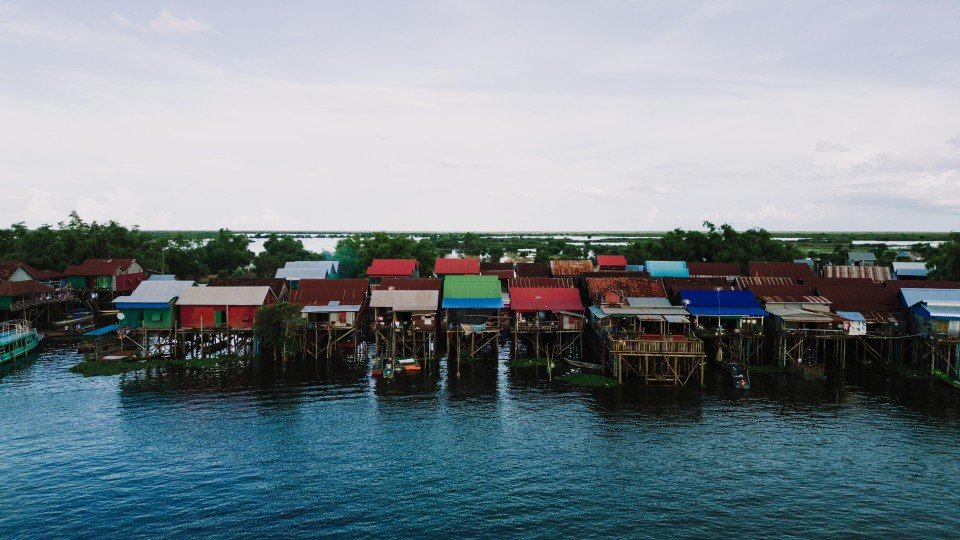
Chnok Tru is a lakeside village located on the Tonle Sap Lake. As a completely self-sufficient floating village situated on the largest freshwater lake in Southeast Asia, and one of the most diverse and productive ecosystems in the world, it presents a dream destination for fishing enthusiasts.
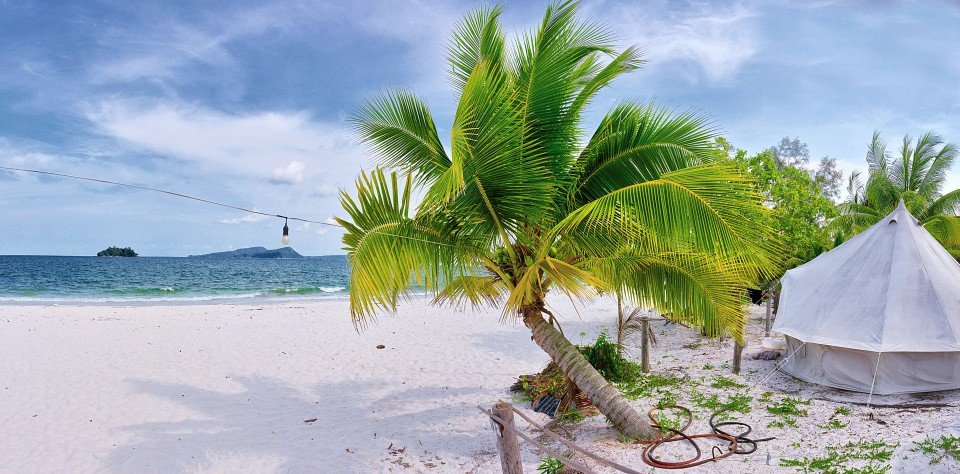
Kâmpóng Saôm is Cambodia's primary seaport, founded in the 1950s as the country's only deep–water port in order to communicate the city with international trade. It is situated in Sihanoukville, which is famed as Cambodia's most sought after seaside resort destination.
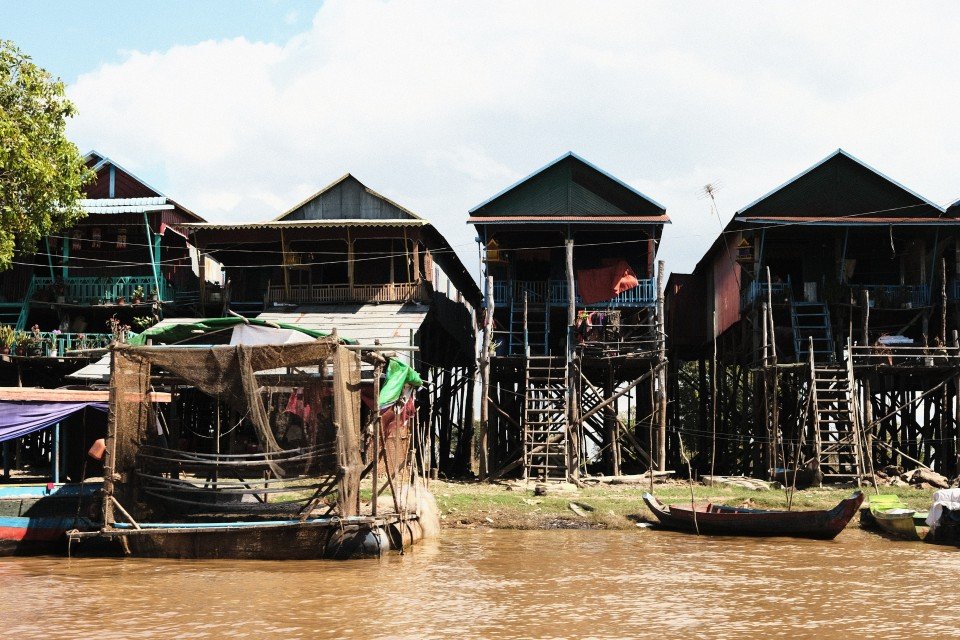
Prek Toal is a floating village on the Tonle Sap lake, and is home to Cambodia's biggest bird sanctuary. This captivating destination not only attracts nature enthusiasts, but also offers an invaluable opportunity for visitors to foster a deeper connection with Cambodia's rich biodiversity and local community.
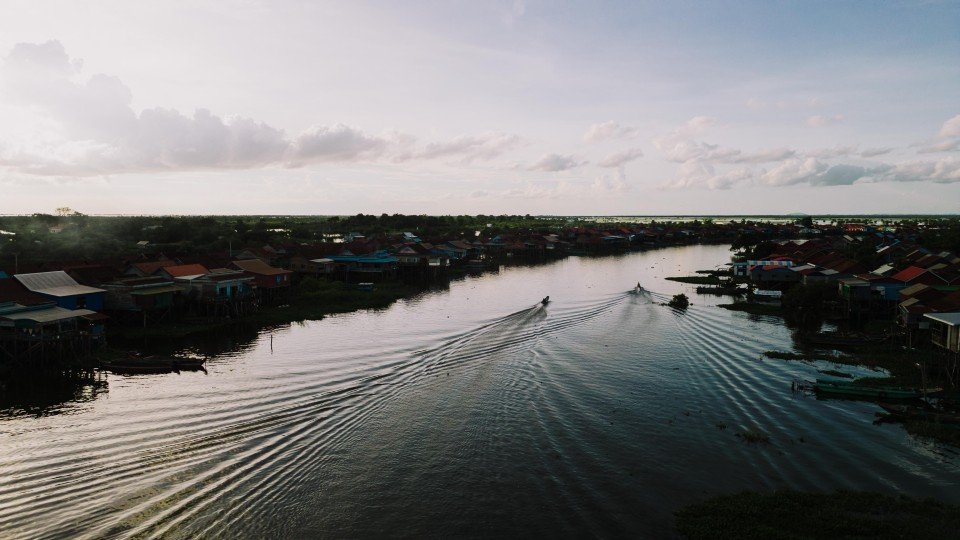
Chong Koh Village, nestled along the banks of the Mekong River, is a picturesque village renowned for its traditional stilt houses, serene ambiance and rich cultural heritage. Its blend of cultural charm and natural beauty make Chong Koh Village a premier destination for those seeking an authentic Cambodian experience.
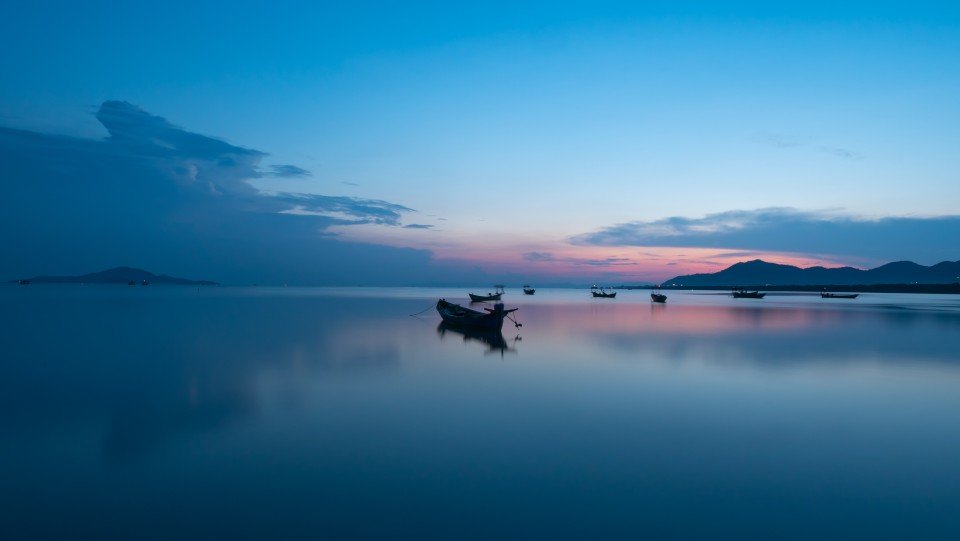
Kampot, Cambodia, is situated by the mouth of the Koh Sla River and offers a unique blend of small-town charm and natural beauty. Renowned for its historic architecture, vibrant markets and pepper plantations, the picturesque town of Kampot offers an ideal opportunity for visitors to unwind along the riverfront and immerse themselves into the laid-back atmosphere.
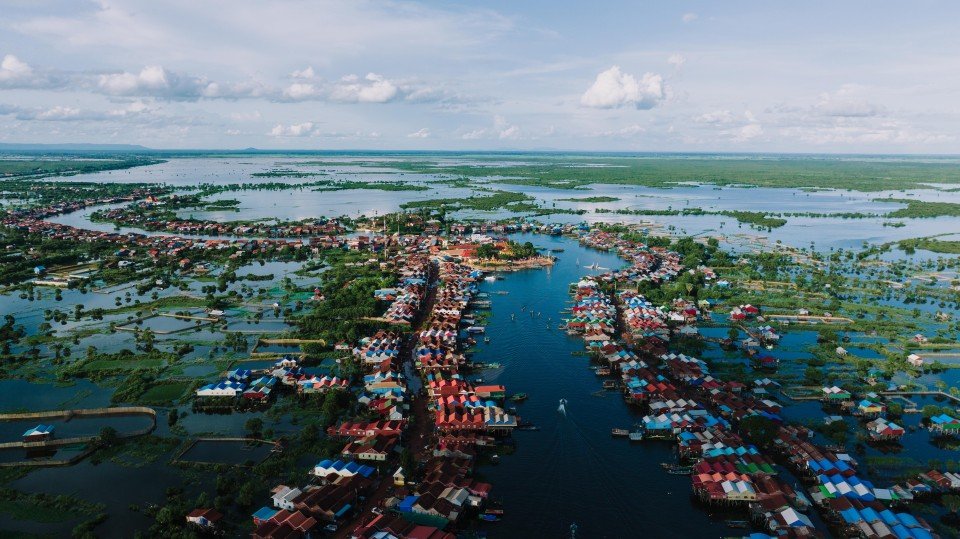
Tonlé Sap, located in the north west of Cambodia, is the largest freshwater lake in Southeast Asia and is renowned for its floating villages and diverse ecosystem. As the lake undergoes the fascinating phenomenon of changing with the seasons, it has a profound influence on the livelihoods of those populating the local communities, and offers a fascinating look into the symbiotic relationship between nature and human life in this culturally rich region.
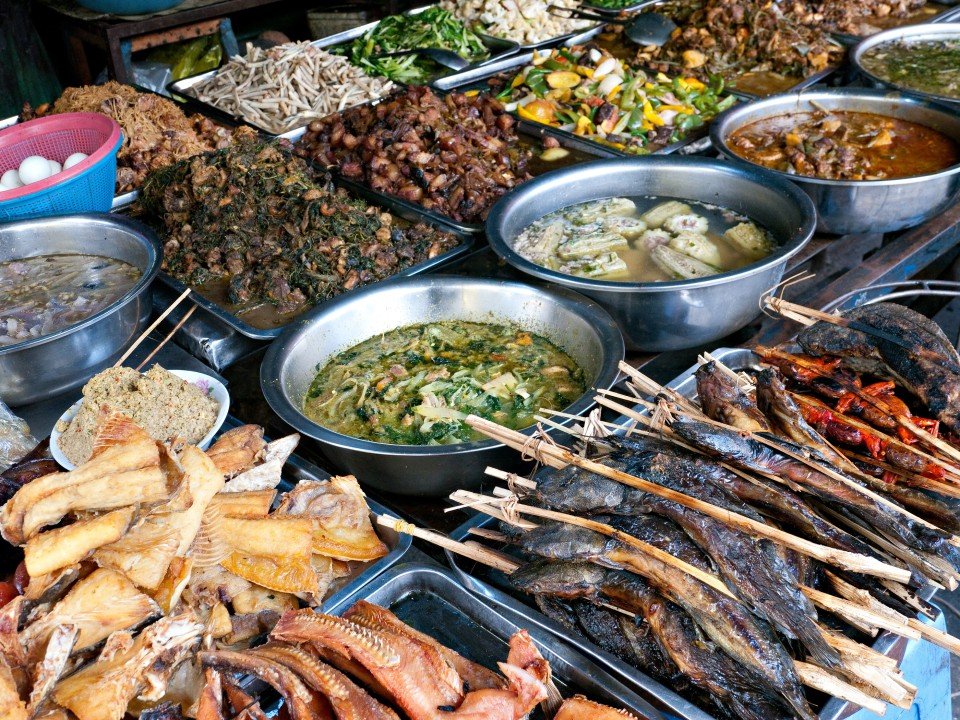
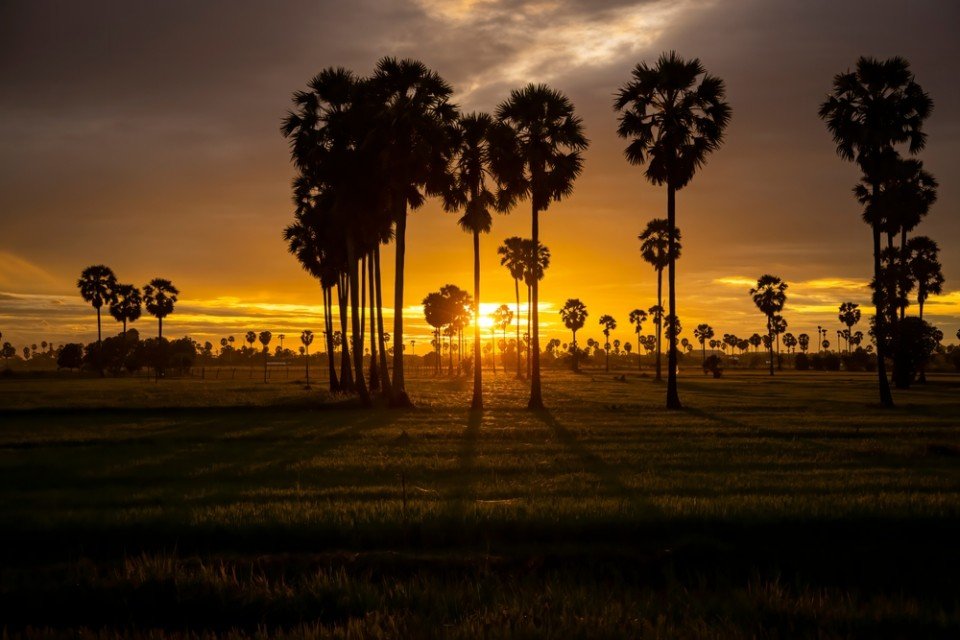
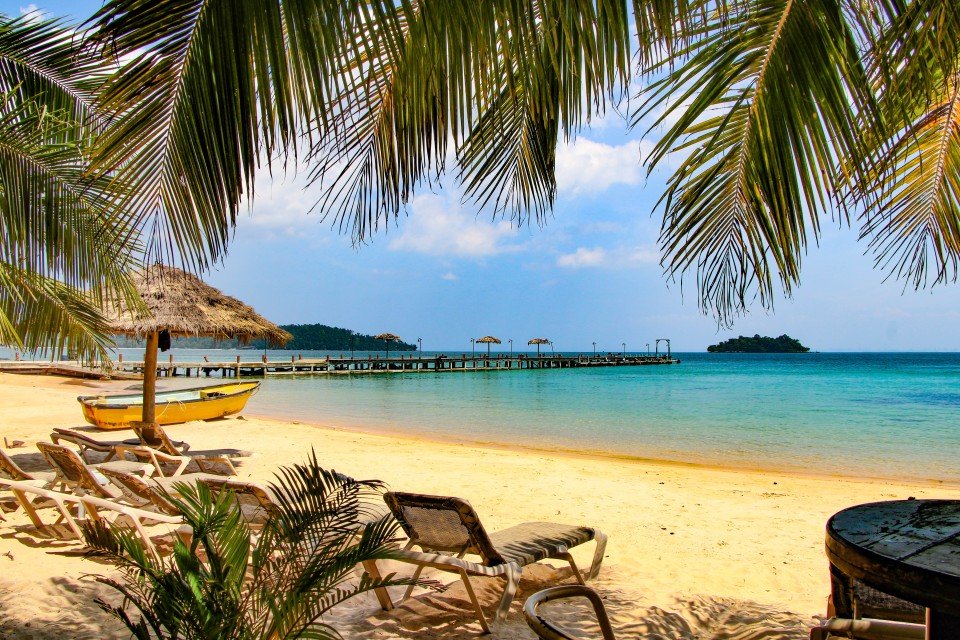
Koh Rong, located off the coast of Sihanoukville, Cambodia, is often described by visitors as an "island paradise" thanks to its serene beauty, white, sandy beaches, warm, crystal-clear waters and hot tropical climate.
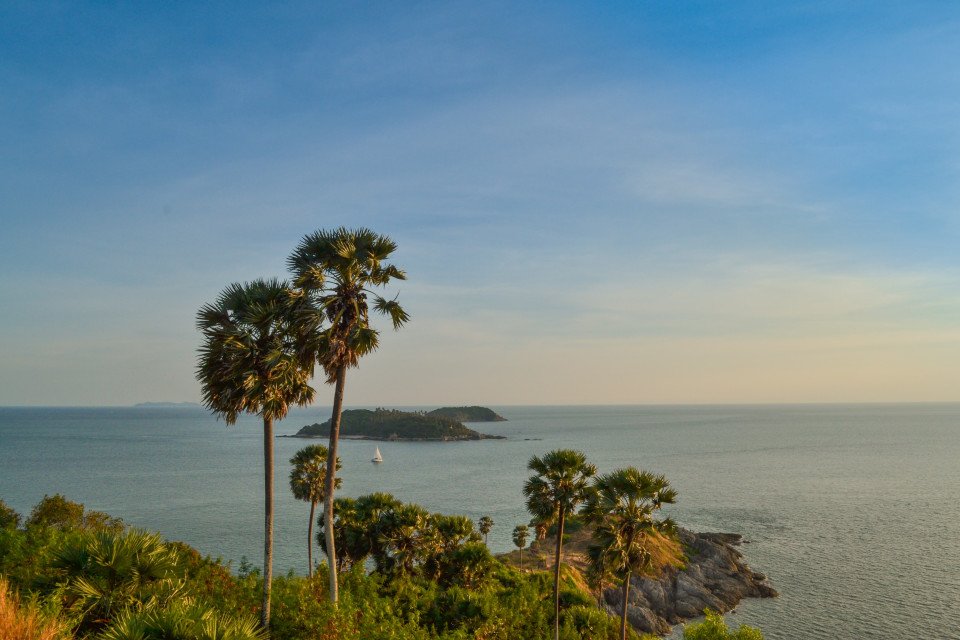
Though few tourists linger here, Phuket Town, the provincial capital, is one of the more culturally interesting places on the island to spend half a day. About one-third of the island's population lives here, and the town is an intriguing mix of old Sino-Portuguese architecture and the influences of the Chinese, Muslims, and Thais that inhabit it. The old Chinese quarter along Talang Street is especially good for a stroll, as its history has not yet been replaced by modern concrete and tile. And this same area has a variety of antiques shops, art studios, and trendy cafés. Besides Talang, the major thoroughfares are Ratsada, Phuket, and Ranong roads. Ratsada connects Phuket Road (where you'll find the Tourism Authority of Thailand office) to Ranong Road, where there's an aromatic local market filled with fruits, vegetables, spices, and meats.
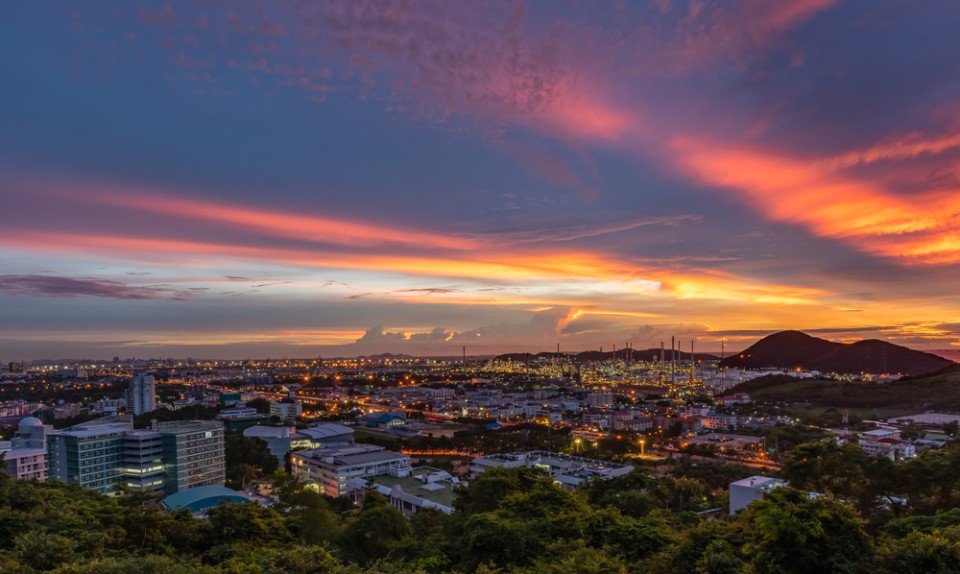
There are two Bangkoks, the ancient soul of Thailand with its long and fascinating history and the frantic, modern metropolis that embraces the latest trends both Eastern and Western. The two blend together remarkably well—even the most jarring juxtapositions of old and new somehow make sense. Bangkok is not only the biggest city in Thailand, but also the most mesmerizing, with some of the country's most beautiful temples and shrines. The city's energy is palpable, especially at night, when traffic opens up a bit, its famous markets get going, and everything seems lit up—from its proudest monuments to its seediest streets. When Ayutthaya was besieged and pillaged by the Burmese in 1766, Thonburi became Thailand's capital. The Thais call Bangkok Krung Thep (City of Angels), and in 1782 King Rama I moved his capital here, just across the Chao Praya River. Laem Chabang is approximately 130 km (81 mi) from Bangkok.
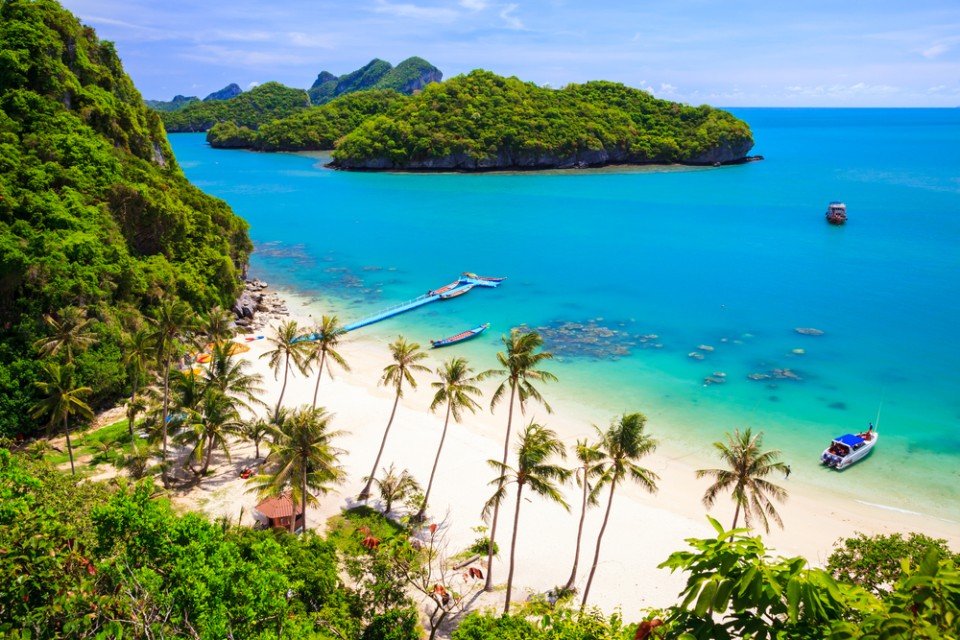
Koh Samui is the most popular tourist destination on the Western Gulf coast, which isn't surprising, considering the island's gorgeous beaches, perfect weather, and sparkling blue, almost turquoise, water. Koh Samui has seen rapid development since the 1990s, and you'll encounter hotels in all price ranges.Koh Samui is half the size of Phuket, so you could easily drive around it in a day. But Koh Samui is best appreciated by those who take a slower, more casual approach. Most people come for the sun and sea, so they head straight to their hotel and rarely venture beyond its beach. But it's worth exploring beyond your lodging. Every beach has its own character, and you might find the perfect one for you. One beach many visitors find to their liking is Chawaeng. On Koh Samui's east coast, this stretch of glistening white sand is divided into two main sections—Chawaeng Yai (yai means "big") and Chawaeng Noi (noi means "little"). You'll find the greatest variety of hotels, restaurants, and bars here. Despite the crowds, Chawaeng is no Pattaya or Patong—the mood is very laid-back. A rocky headland separates Chawaeng Lamai Beach, whose clear water and long stretch of sand were the first place on the island to attract developers. More budget accommodations are available here than in Chawaeng, and there are some happening nightclubs.On the west coast of Koh Samui, Na Thon is the island's primary port and the spot where ferries arrive from the mainland. It's home to the island's governmental offices, including the Tourism Authority of Thailand, and there are banks, foreign-exchange booths, travel agents, shops, restaurants, and cafés by the ferry pier. A few places rent rooms, but there's really no reason to stay here—nicer accommodations can be found a short songthaew ride away.To the north and east of Na Thon lie a few beaches worthy of exploration. Laem Yai, 5 km (3 miles) north, has great seafood. East of here, a small headland separates two low-key communities on the northern shore, Mae Nam and Bophut Beach. Mae Nam is also the departure point for boats bound for Koh Phangan and Koh Tao . Just south of the Samui's northeastern tip you'll find sandy Choengmon Beach, a good area for swimming that's not overdeveloped.
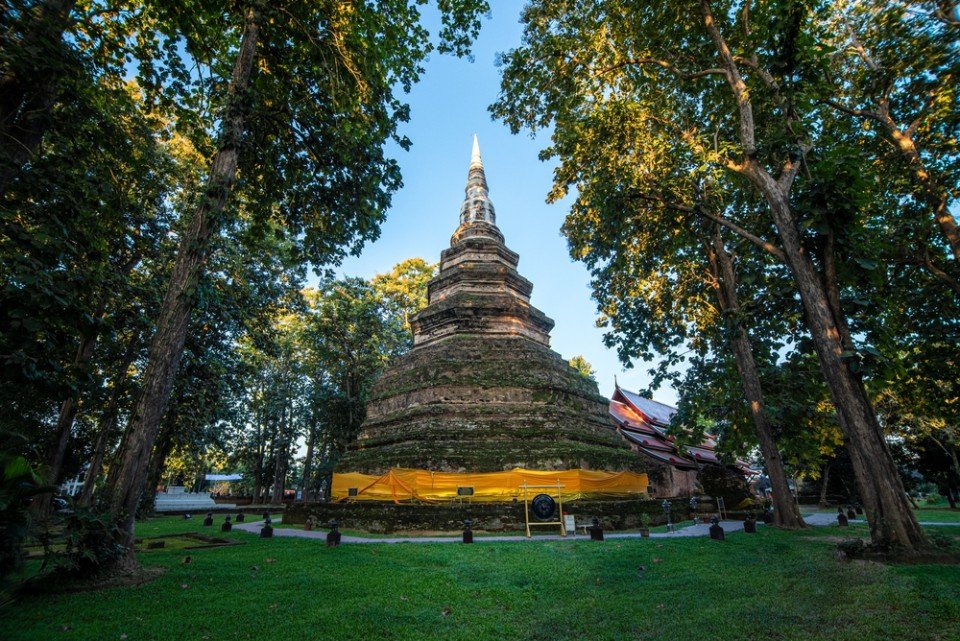
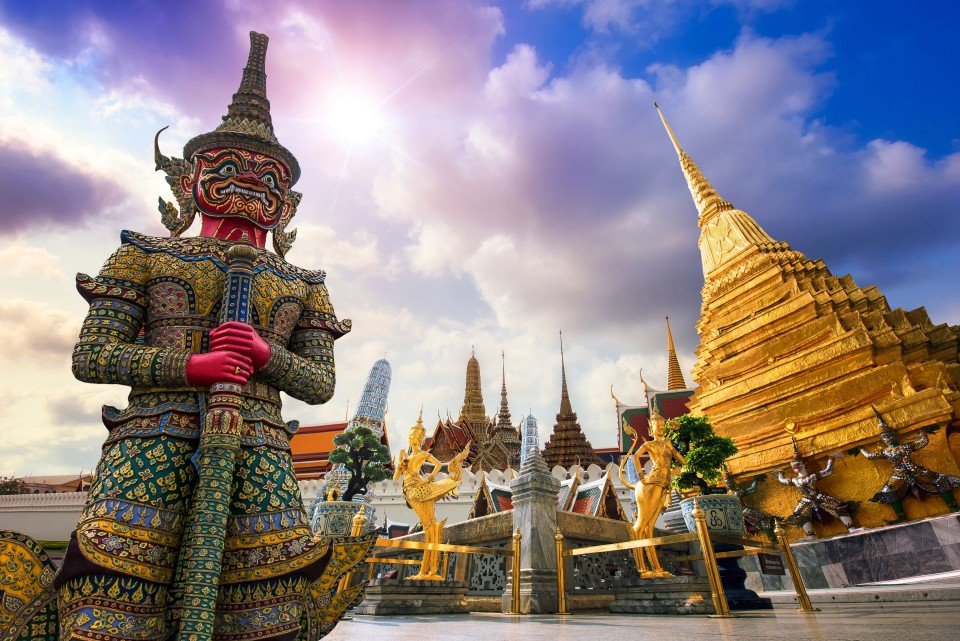
Bangkok, also known as the City of Angels and Venice of the East thrills with energy. There's such a vast array of sightseeing, shopping, and eating possibilities that you'll have little time to rest. When you do find a moment, pamper yourself with spa treatments, skyline-view bars, luxurious hotels, and excellent restaurants. The city is a mesmerizing blend of old and new, East and West, and dizzying contradictions. Temples and red-light districts, languid canals and permanent gridlock, streetside vendors and chic upscale eateries, all make their home together, all at the same time. Bangkok rarely fails to make an impression, and yes, you might need to go spend a few days on the beach to recover from it all. Although Bangkok is not known for jaw-dropping tourist attractions, it does have an endless supply of worthwhile pilgrimages. The Grand Palace, Wat Phra Kaew, and the Emerald Buddha are tops on every visitor's itinerary, and lesser-known temples, such as Wat Benjamabophit, the golden stupa of Wat Sakhet, and Wat Suthat, are all worthy of a stop. Besides temples, there are plenty of other interesting niches and touring possibilities to fit just about every interest. Take in a venom extraction and python feeding show at the Queen Saowapha Snake Farm, or go to the nearby Jim Thompson House to learn all about the famed Thai silk industry. If architecture is your forte, there is the Suan Pakkard Palace with its antique teak house collection, and the even more astounding Vimanmek Palace, which contains the world's largest golden teak building. Bangkok's Chinatown merits at least a day on every travel itinerary—be sure to check out the sprawling labyrinthine Flower and Thieves markets. Thai food is unrivaled for spice, taste, and variation. From multicourse meals to small street vendors, the one constant here is fresh and delicious at every level. You can have superlative roast duck or wonton noodles on a street corner for lunch and then be dining on world-class chef creations in the Oriental or Shangri-La hotels for supper. It doesn't have to be all spicy Thai either, as Bangkok is home to excellent French, Italian, and other world cuisines, and you need a few years just to make a dent in all the options that are available. The Old City is a major destination for travelers, as it's home to opulent temples like Wat Po and Wat Phra Kaew. Across the river is Thonburi, a mostly residential neighborhood, where you can find Wat Arun. At the northern tip of the Old City is Banglamphu, one of Bangkok's older residential neighborhoods. It's best known now for Khao San Road, a backpacker hangout, though the neighborhood has much more to offer, especially when it comes to street food. North of Banglamphu is Dusit, the royal district since the days of Rama V. East of the Old City is Chinatown, a labyrinth of streets with restaurants, shops, and warehouses. Farther down the Chao Phraya River is bustling Silom Road, one of the city's major commercial districts. Patpong, the city's most famous of several red-light districts, is also here. Bang Rak is home to some of the city's leading hotels: the Mandarin Oriental, the Peninsula, the Royal Orchid Sheraton, and the Shangri-La. To the north of Rama IV Road is Bangkok's largest green area, Lumphini Park. Continue north and you reach Sukhumvit Road, once a residential area. More recently, Thong Lor, farther east along Sukhumvit, has become the "in" neighborhood for those want to see and be seen. The Nana and Asok areas of Sukhumvit are now home to the even busier red-light entertainment districts (Nana and Soi Cowboy) than Patpong.
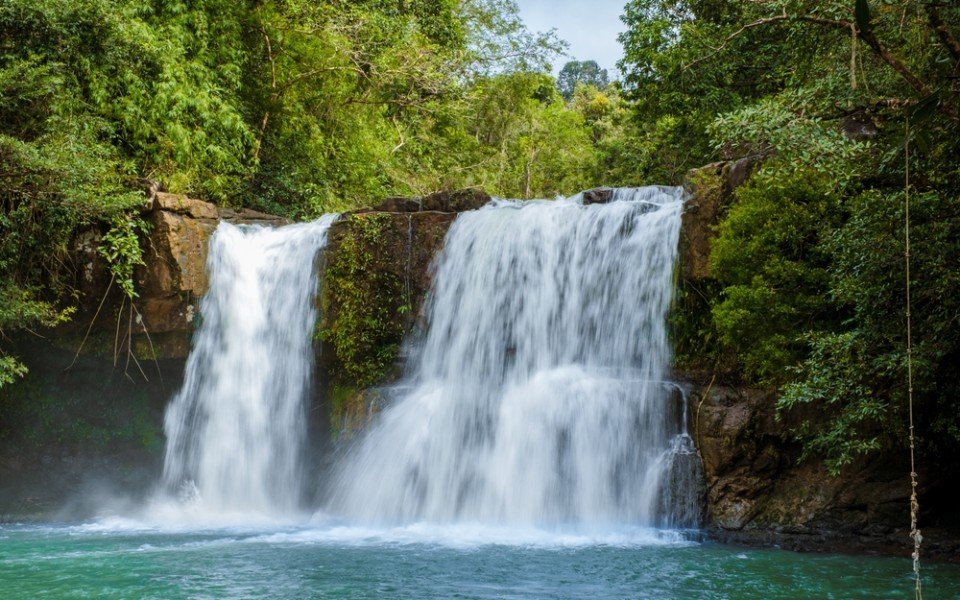
Koh Kood, one of Thailand’s lesser-known islands, offers a tranquil retreat with its stunning beaches, crystal-clear waters, and lush tropical landscapes. Visitors can unwind on the pristine shores of Ao Prao Beach or explore the island’s lush interior through scenic hikes and visits to picturesque waterfalls. The laid-back atmosphere is perfect for those looking to escape the hustle and bustle, while opportunities for snorkelling and kayaking abound in the surrounding waters. With its charming local fishing villages and warm hospitality, Koh Kood provides an idyllic getaway for those seeking both relaxation and adventure in a serene setting.
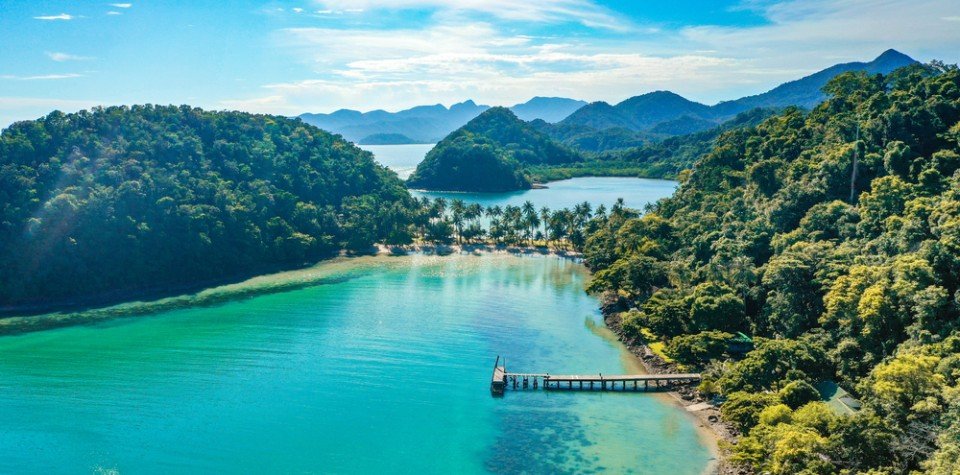
Koh Chang, the second-largest island in Thailand, is celebrated for its stunning beaches, lush rainforests, and vibrant marine life. With its diverse landscape, visitors can relax on the beautiful shores of White Sand Beach or explore the island's interior, which features cascading waterfalls and hiking trails that lead to breathtaking viewpoints. Adventure seekers can enjoy snorkelling, diving, and kayaking in the crystal-clear waters, while the island’s charming fishing villages offer a glimpse into local life and delicious seafood dining. Koh Chang’s blend of natural beauty and relaxed atmosphere makes it an ideal destination for both adventure and tranquillity.
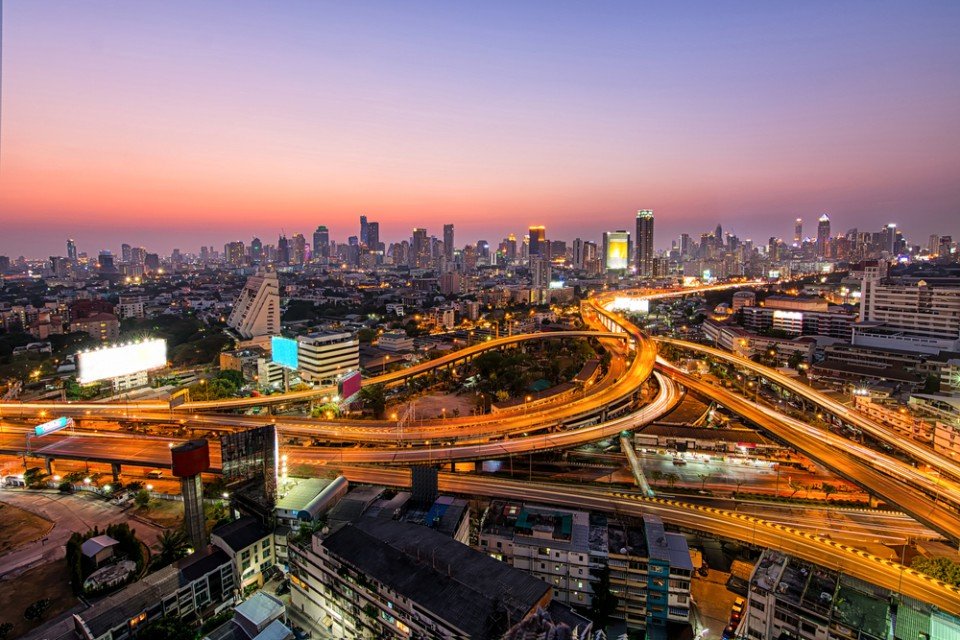
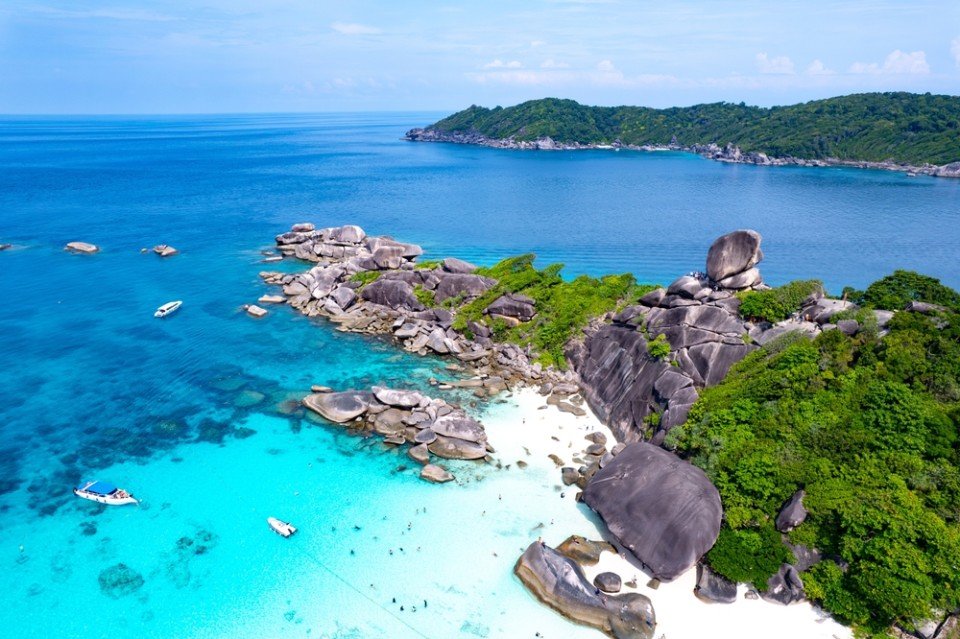
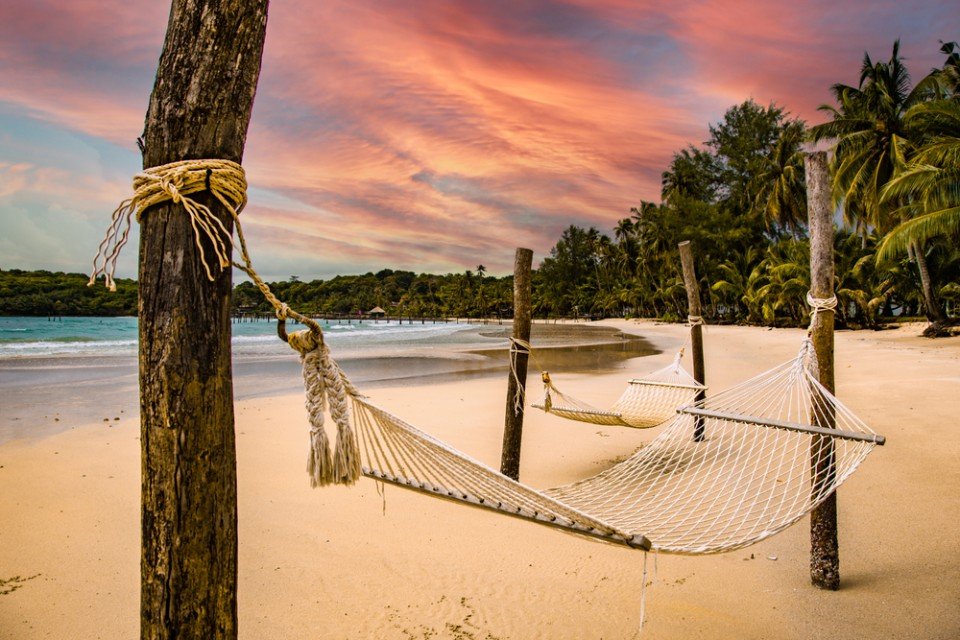
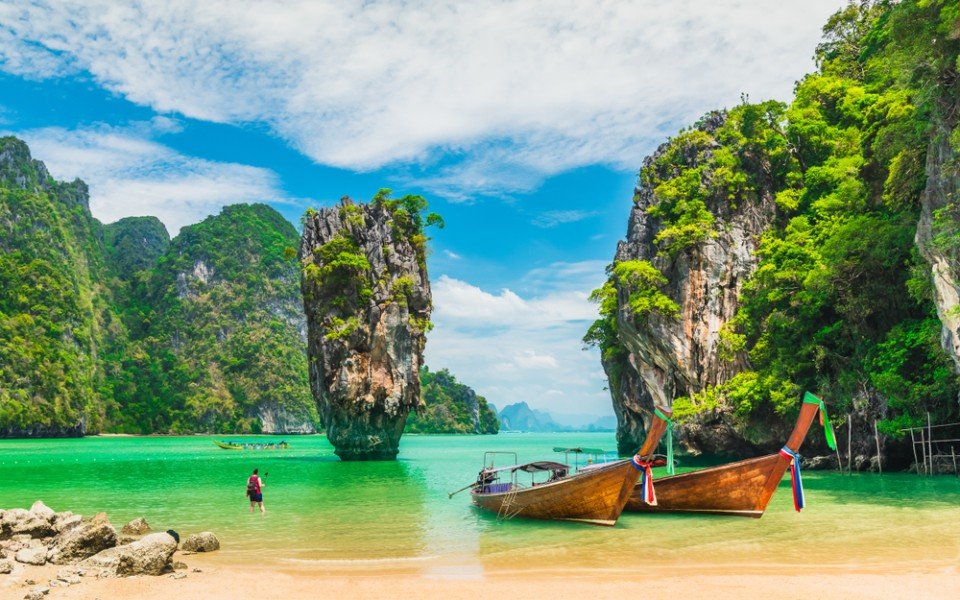
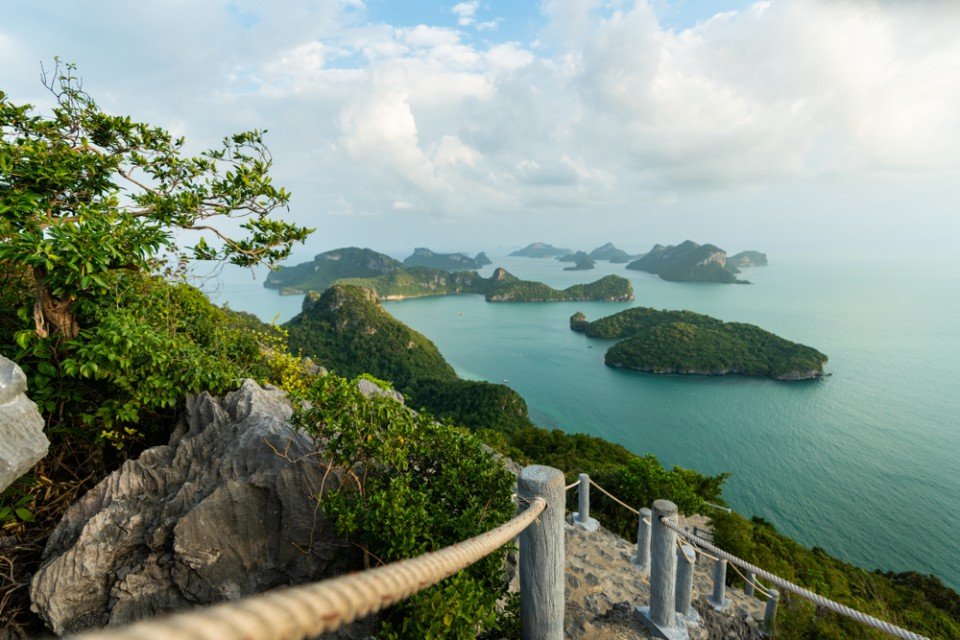
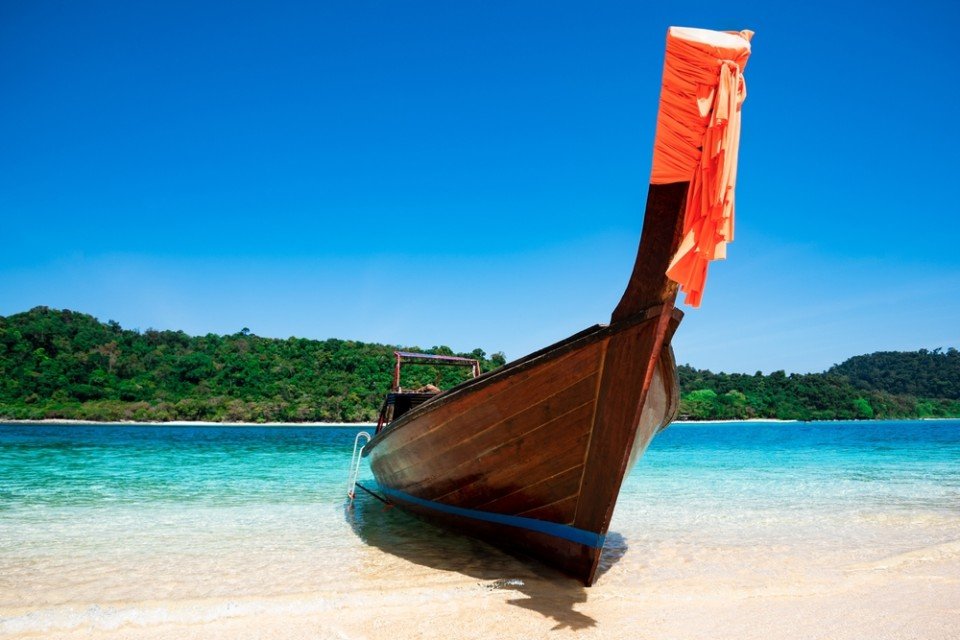
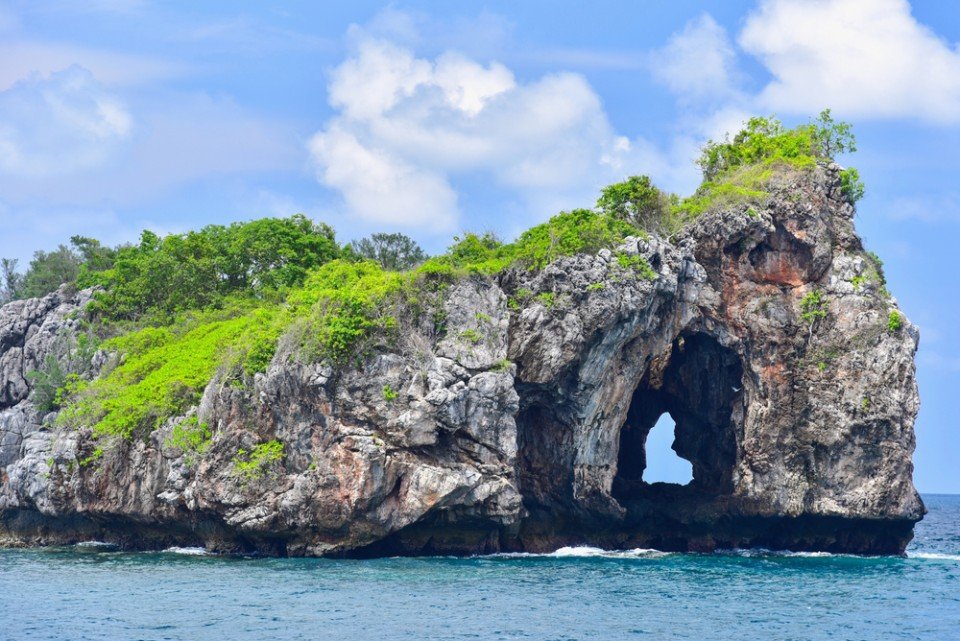
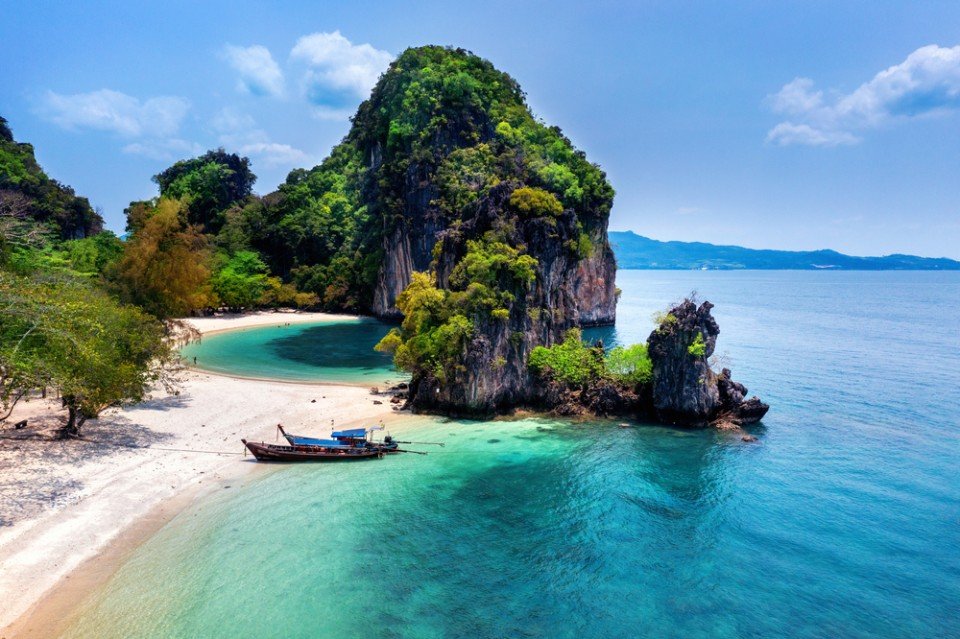
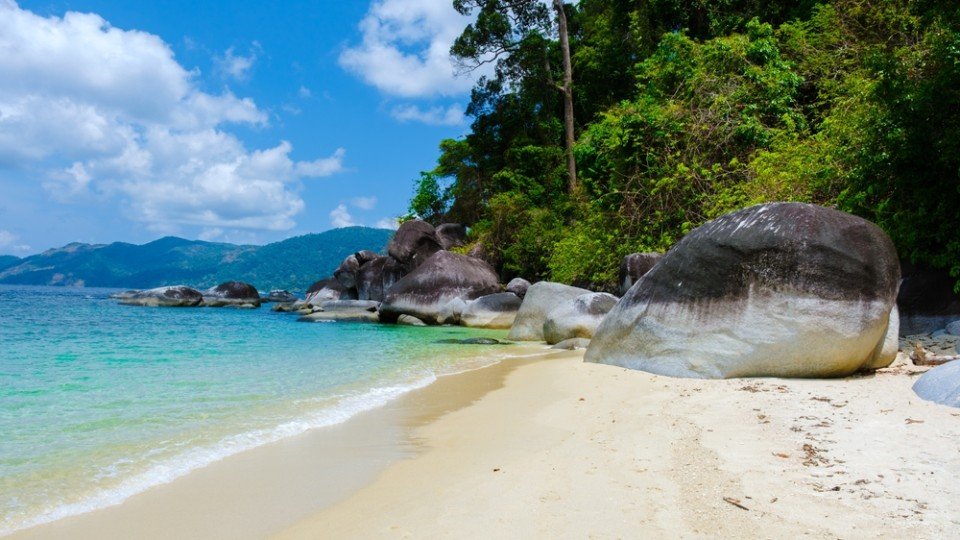
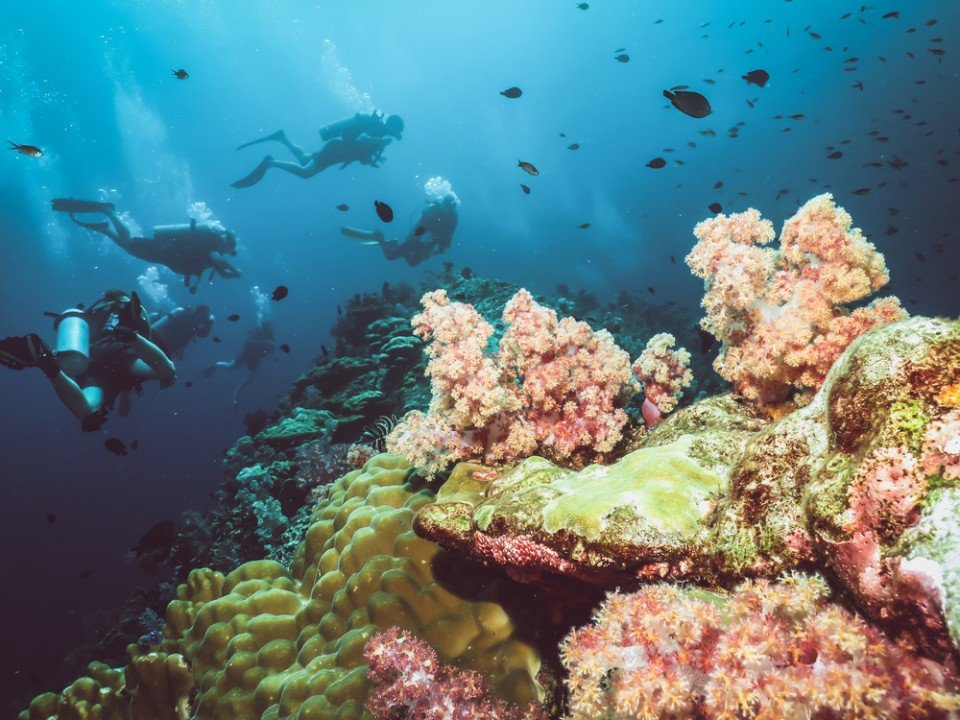
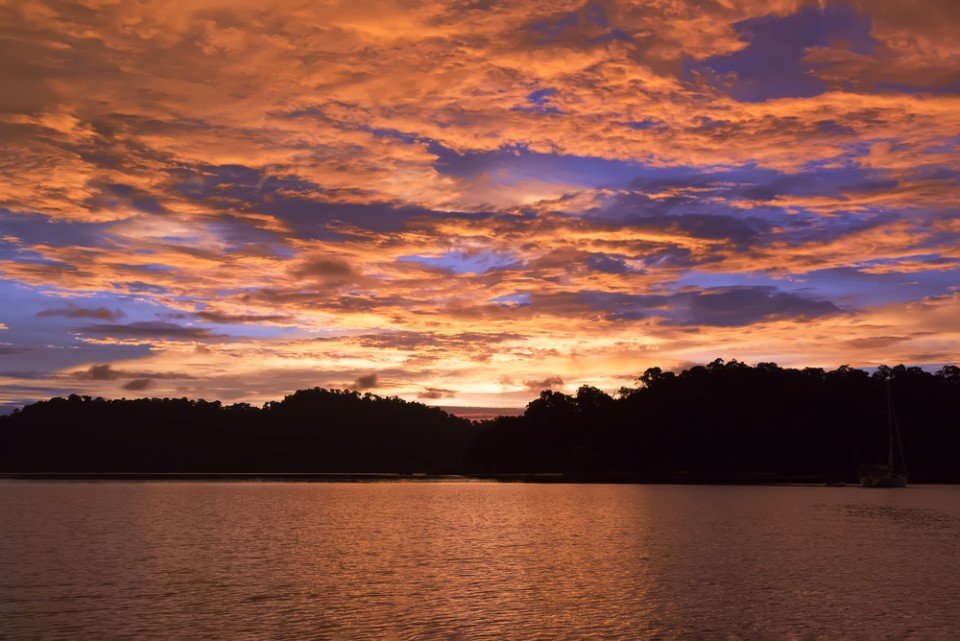
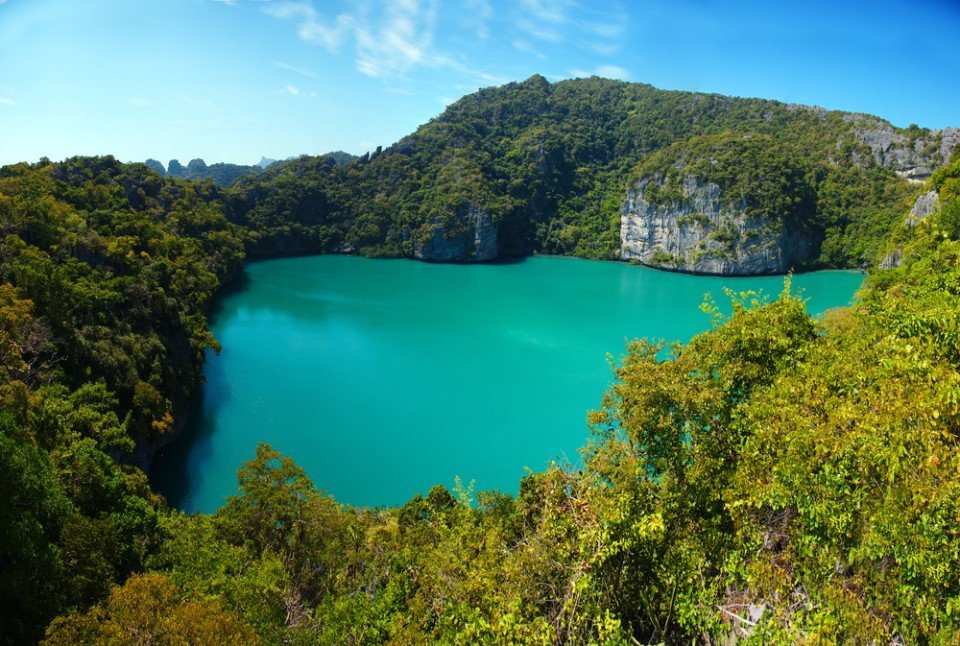
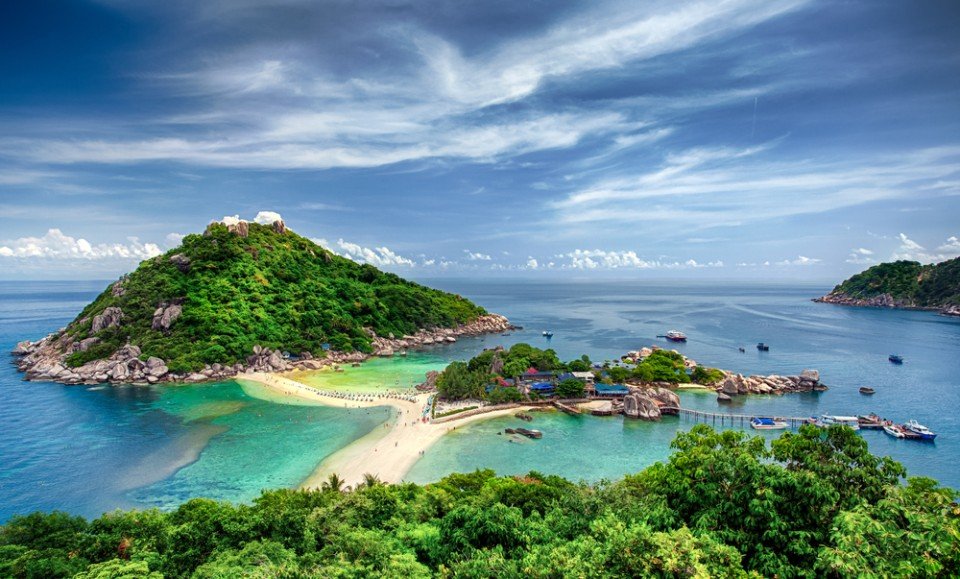
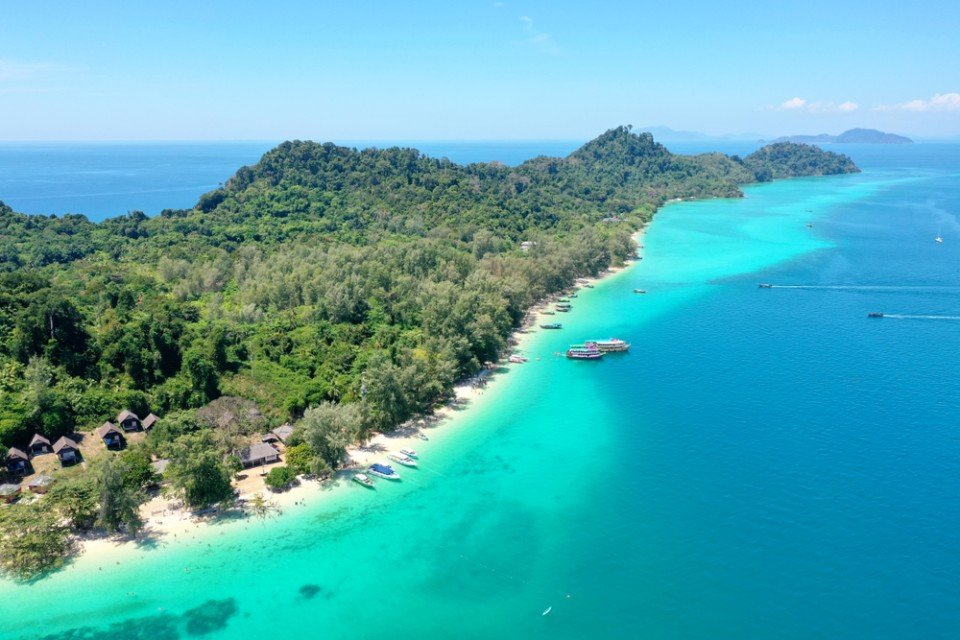
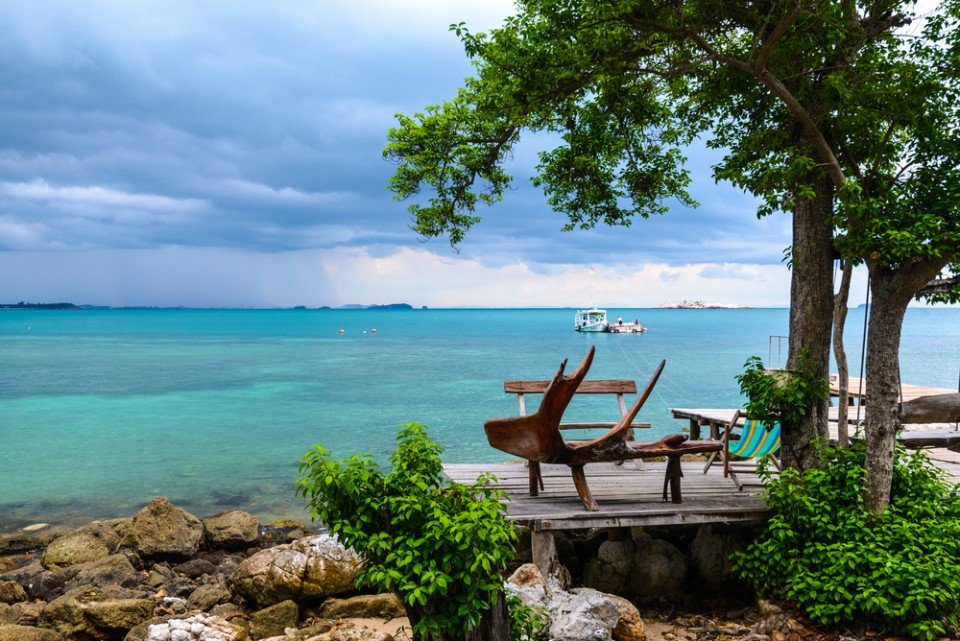
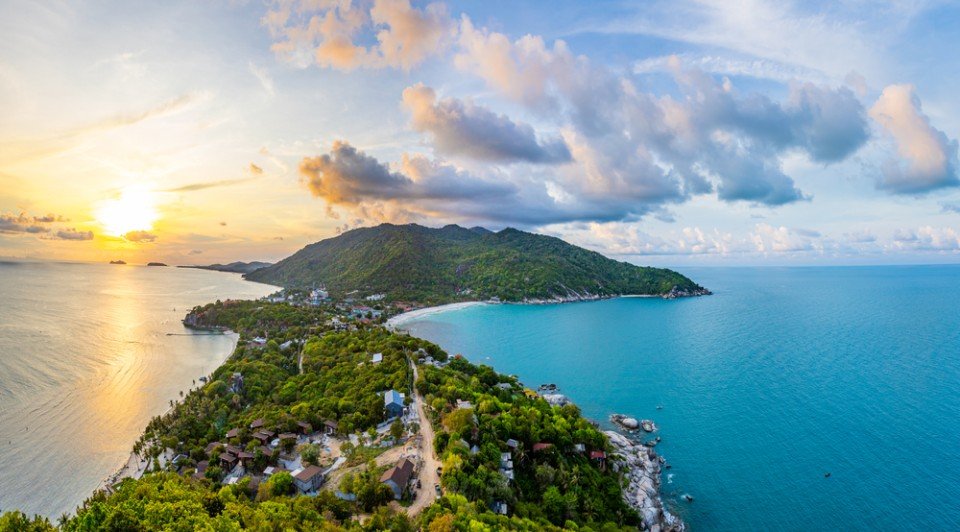
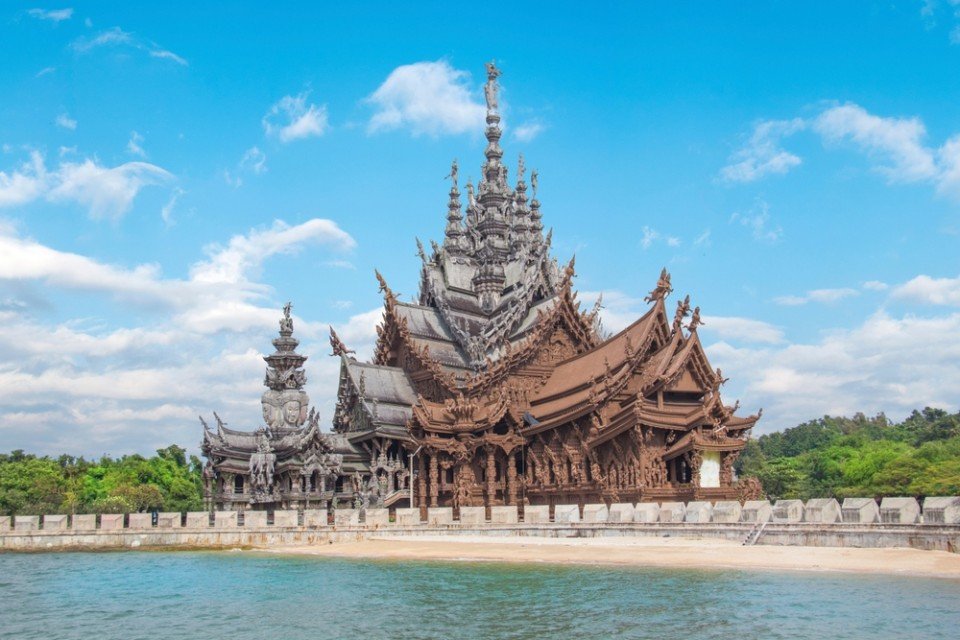

Romantically referred to by the French as the Pearl of the Orient, Ho Chi Minh City today is a super-charged city of sensory overload. Motorbikes zoom day and night along the wide boulevards, through the narrow back alleys and past vendors pushing handcarts hawking goods of all descriptions. Still called Saigon by most residents, this is Vietnam's largest city and the engine driving the country's current economic resurgence, but despite its frenetic pace, it's a friendlier place than Hanoi and locals will tell you the food—simple, tasty, and incorporating many fresh herbs—is infinitely better than in the capital.This is a city full of surprises. The madness of the city's traffic—witness the oddball things that are transported on the back of motorcycles—is countered by tranquil pagodas, peaceful parks, quirky coffee shops, and whole neighborhoods hidden down tiny alleyways, although some of these quiet spots can be difficult to track down. Life in Ho Chi Minh City is lived in public: on the back of motorcycles, on the sidewalks, and in the parks. Even when its residents are at home, they're still on display. With many living rooms opening onto the street, grandmothers napping, babies being rocked, and food being prepared, are all in full view of passersby.Icons of the past endure in the midst of the city’s headlong rush into capitalism. The Hotel Continental, immortalized in Graham Greene's The Quiet American, continues to stand on the corner of old Indochina's most famous thoroughfare, the rue Catinat, known to American G.I.s during the Vietnam War as Tu Do (Freedom) Street and renamed Dong Khoi (Uprising) Street by the Communists. The city still has its ornate opera house and its old French city hall, the Hôtel de Ville. The broad colonial boulevards leading to the Saigon River and the gracious stucco villas are other remnants of the French colonial presence. Grisly reminders of the more recent past can be seen at the city's war-related museums. Residents, however, prefer to look forward rather than back and are often perplexed by tourists' fascination with a war that ended 40 years ago.The Chinese influence on the country is still very much in evidence in the Cholon district, the city's Chinatown, but the modern office towers and international hotels that mark the skyline symbolize Vietnam's fixation on the future.
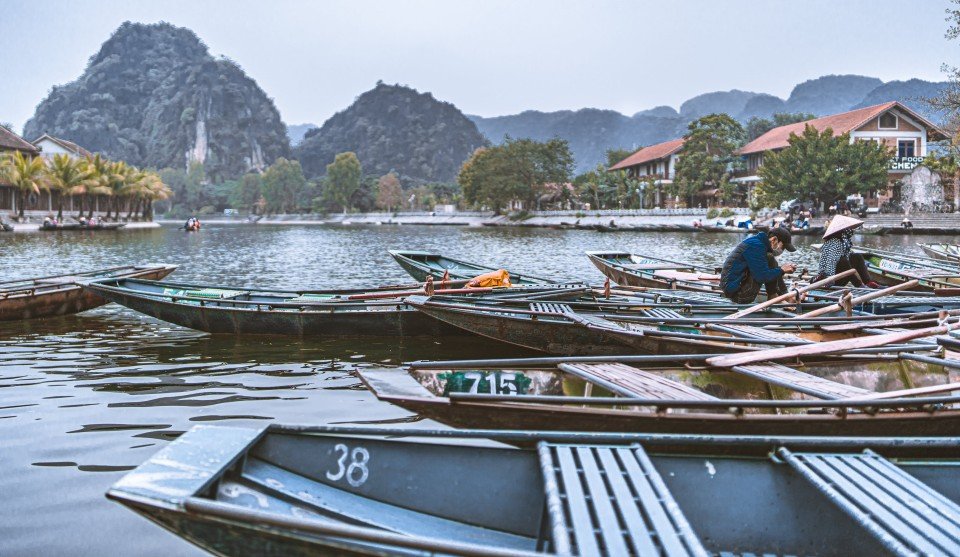
Cái Bè, nestled in the picturesque Mekong Delta, is a vibrant town renowned for its lively floating markets and scenic waterways. The Cái Bè Floating Market is a highlight, where local farmers sell fresh produce and handcrafted goods directly from their boats, offering visitors an authentic taste of daily life in the delta. Surrounding the town are lush orchards and tranquil rice paddies, perfect for cycling and exploring the serene countryside. With its rich cultural heritage and warm hospitality, Cái Bè invites travellers to experience the enchanting rhythms of rural Vietnam, making it a delightful stop on any Mekong Delta adventure.
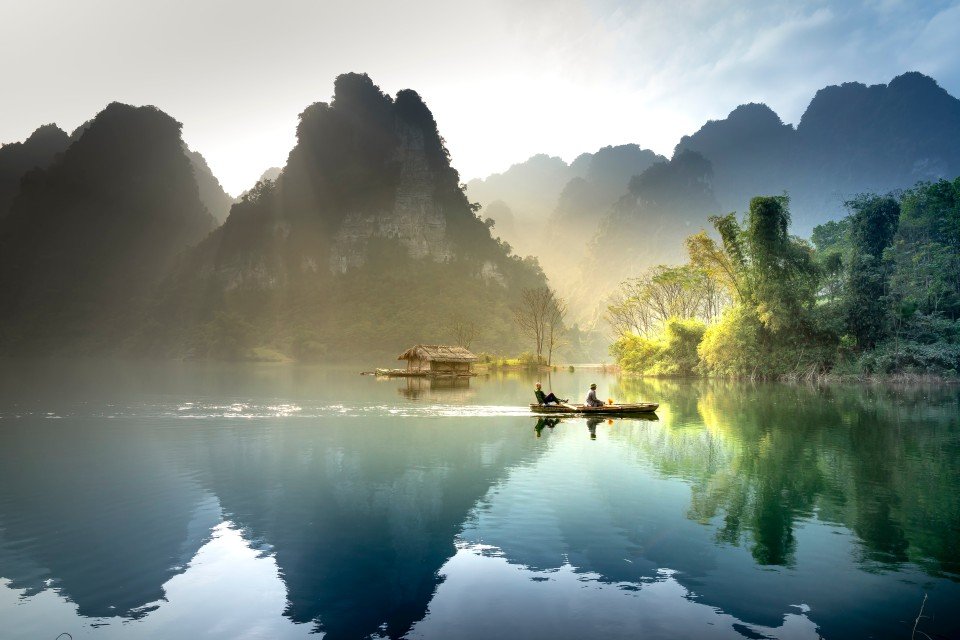
Tân Châu sits in the Mekong Delta region of Vietnam, and is acclaimed for its traditional craftmanship and high-quality silk weaving. Across Tân Châu, skilled artisans intricately craft exquisite fabrics, often used to create elegant garments. The town gives visitors an opportunity to enjoy a serene atmosphere, whilst also offering a glimpse into traditional Vietnamese craftmanship.
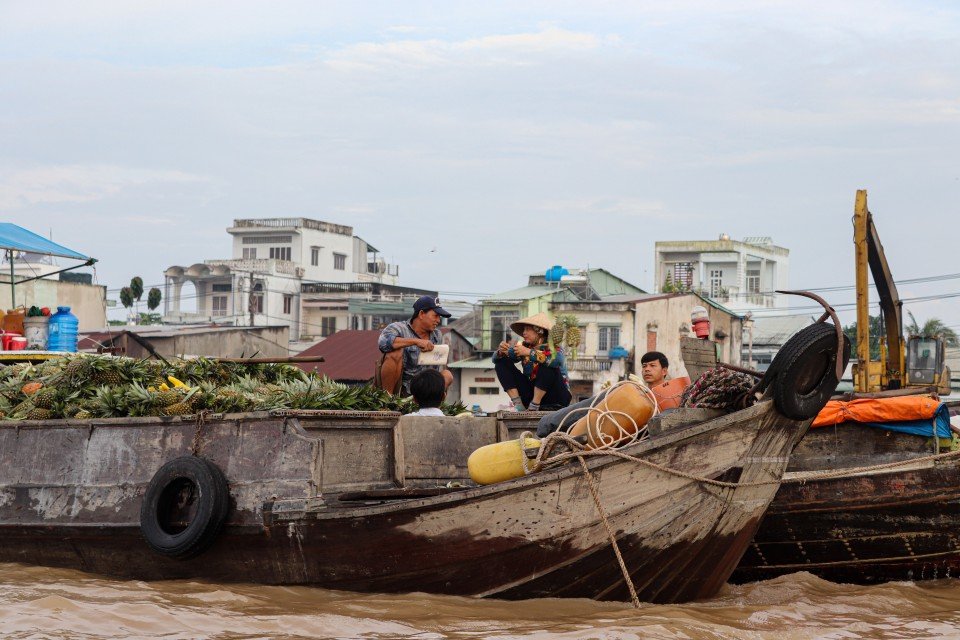
Sa Déc is a charming town situated in the heart of the Mekong Delta, renowned for its intricate French colonial architecture and stunning flower gardens. Beyond its bustling markets and traditional wooden houses, Sa Déc is also famed for its feature in Marguerite Duras' novel "The Lover," giving the town a literary touch to compliment its cultural richness.
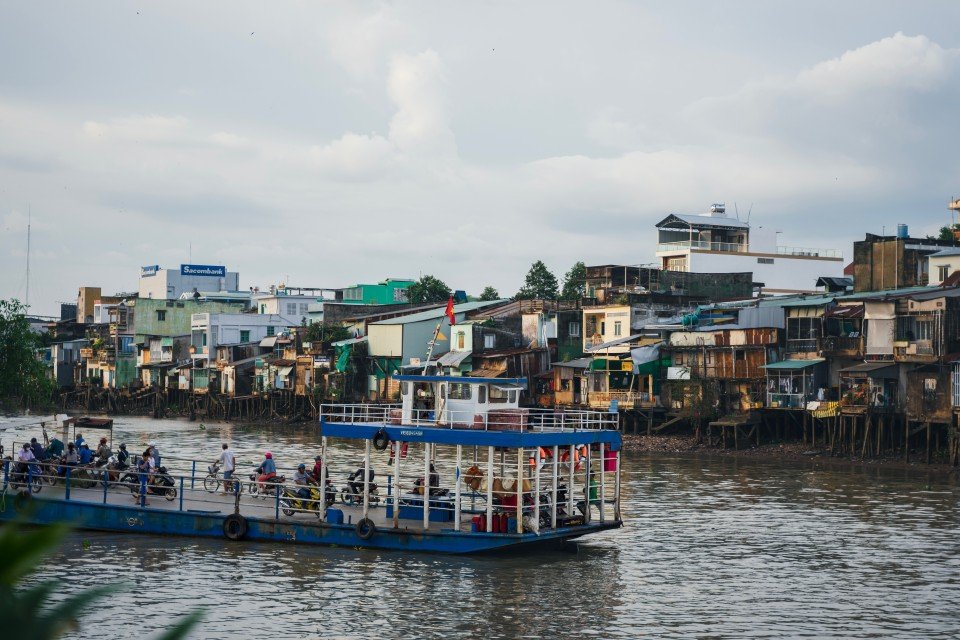
Located in the Mekong Delta of Vietnam, My Tho is a vibrant city famed for its floating markets. Blending traditional Vietnam with the tranquillity of the delta, My Tho invites visitors to meander along the waterways, explore local villages and savour the unique flavours of Mekong Delta cuisine.
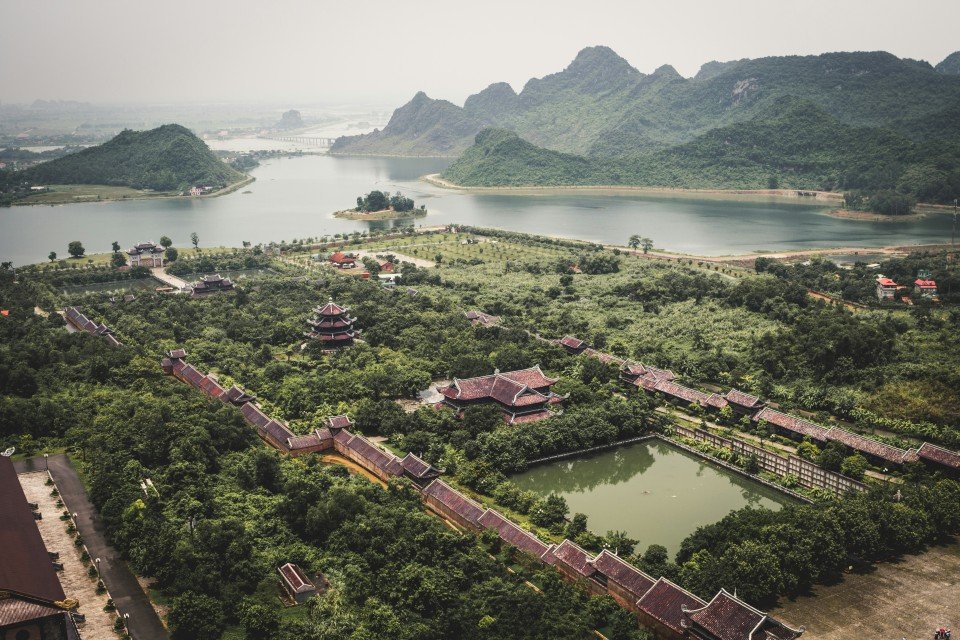
Located in the An Giang Province of Vietnam, Châu Đốc, is known for its stunning natural beauty and cultural heritage. Alongside the banks of the Hậu River, the town blends influences from the Khmer culture with traditional Vietnamese charm with iconic landmarks such as the Sam Mountain, adorned with ancient pagodas and temples, providing panoramic views of the surrounding landscapes. Celebrated for its vivid and colourful atmosphere that truly captures the essence of Vietnamese river life, Châu Đốc boasts lively floating markets featuring local traders gathered on the water to exchange goods.
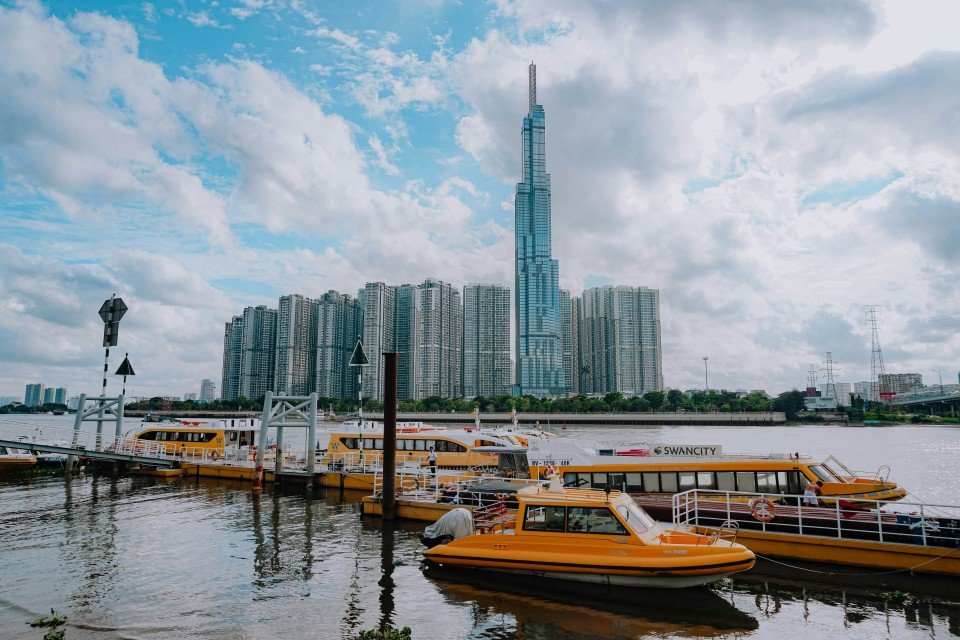
Situated in Vietrnam's Dong Nai Province, Long Khánh combines contemporary charm with historical influence with lush landscapes, vast rice fields and vivid orchards. The lively market scene invites locals and visitors alike to explore an array of local, fresh produce, handmade crafts and traditional Vietnamese cuisine, whilst cultural gems such as the Long Khánh Cathedral stand as testament to the region's past.
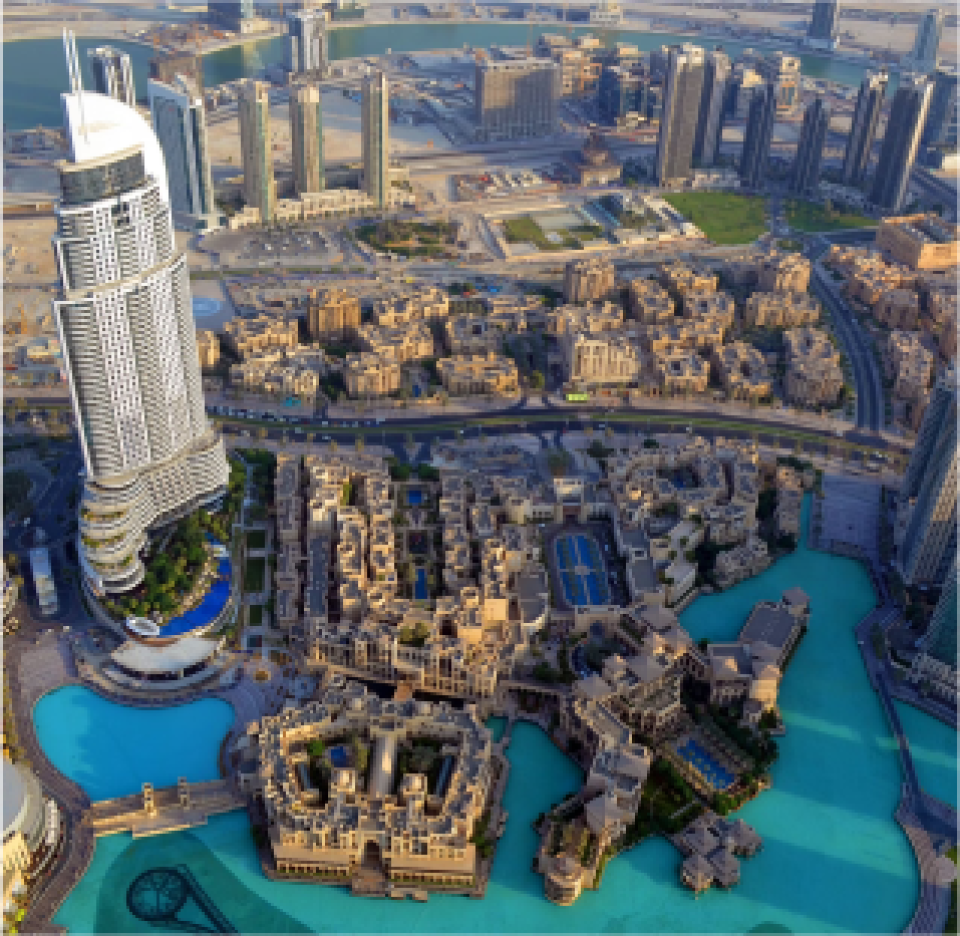
A vibrant province in Vietnam's Mekong Delta, Vinh Long is best known for it's captivating landscapes, intricate waterways and lively floating markets. The area offers a glimpse into authentic Vietnamese river lifestyle, with traditional wooden boats navigating the maze of canals, lush fresh fruit orchards and the Cai Be Floating market.
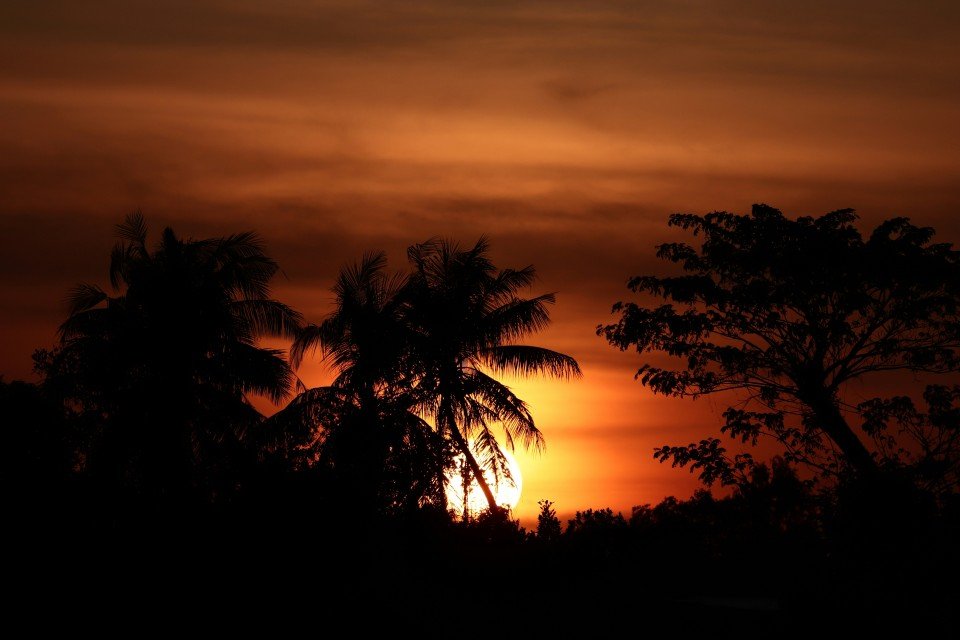
Situated in Vietnam's countryside, My An Hung is a beautiful verdant village offering a tranquil escape from urban life. Framed by rolling hills and rice fields, My An Hung is celebrated for its long-standing agricultural traditions, where the cultivation of rice, vegetables and fruits thrives using time-honoured methods passed down through generations.
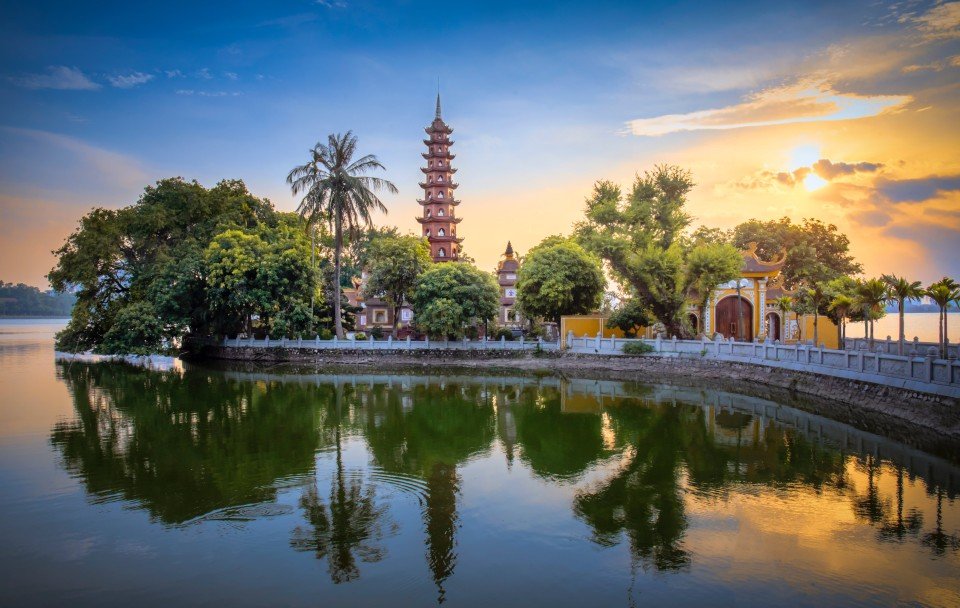
Vietnam's capital, Hanoi, is an enchanting blend of ancient history and modern vibrancy, steeped in a rich tapestry of culture. The city's storied past is showcased through an array of temples, pagodas and historic sites such as The Old Quarter, where narrow streets and colonial architecture provide a window into Hanoi's traditional charm. Elsewhere in Hanoi, the Ho Chi Minh Mausoleum serves as a solemn tribute to the countries revered leader. The dynamic street life of the city features bustling markets offering traditional street food, contributing to the highly regarded culinary reputation.
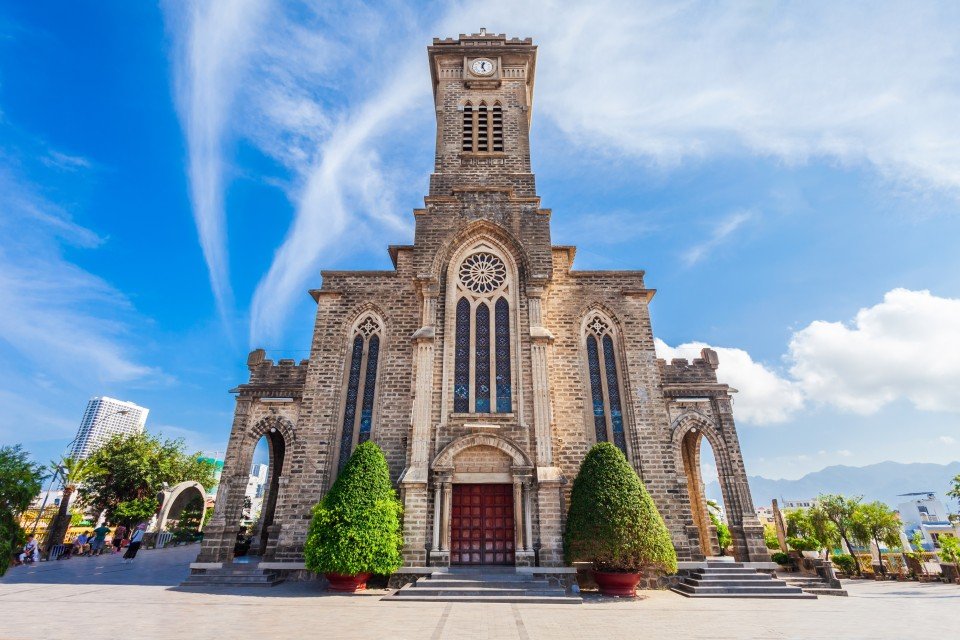
Nha Trang is a stunning coastal city known for its beautiful beaches and vibrant atmosphere. With its long stretches of golden sand and clear blue waters, it’s a popular destination for sun-seekers and water sports enthusiasts alike. The city boasts a lively promenade filled with cafes, restaurants, and bars, offering a taste of local cuisine and nightlife. Visitors can explore the impressive Po Nagar Cham Towers, which reflect the region's rich history, or indulge in relaxing spa treatments that Nha Trang is famous for. With a backdrop of lush mountains and a laid-back vibe, Nha Trang provides the perfect blend of relaxation and adventure for all types of travellers.

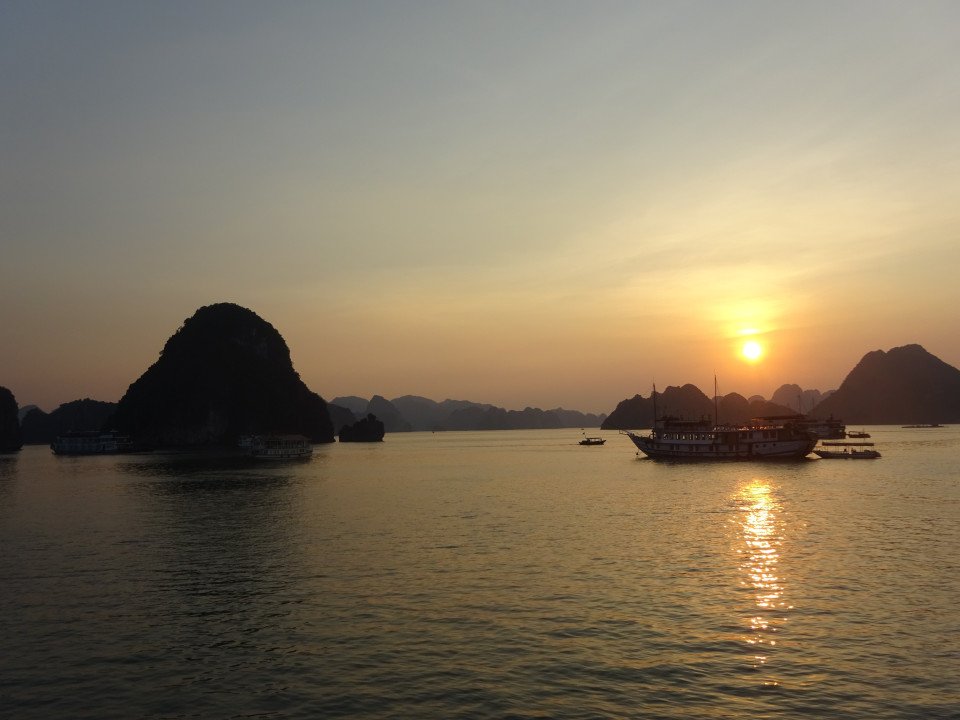
A visit to the north is not complete without a trip to Halong Bay, where placid waters give way to more than 3,000 limestone karsts and wind-sculpted limestone formations that jut from foggy lagoons. Dotting the bay are tiny islands bordered by white sandy coves and hidden caves, adding to the majestic landscape of this UNESCO World Heritage Site. Adding to this naturalist’s dream is the biodiversity of islets, grottos, and Cat Ba Island National Park. The bay, however, shows tourism’s impact: the clearing of mangrove forests to make way for jetties and piers, marine life threatened by game fishing, and garbage from passenger boats and fishing villages washed up on the shores.Beyond its geological uniqueness are activities like hiking, kayaking, rock climbing, or exploring one of the many floating villages where fishermen bring in their daily catch. The downside to all this allure is the large number of unlicensed boats it draws to the bay each day.Boat trips out onto the bay are the main tourism stock in trade farther north, but a more multifaceted side of the area can be experienced at Cat Ba Island. The largest island in Halong Bay, Cat Ba is very much its own entity. Its national park offers incredible biodiversity, with more than a thousand species of plants having been recorded here. Animal life is slightly thinner on the ground, but alert visitors may spy inhabitants such as the endangered golden-headed langur, wild boar, deer, civets, and several species of squirrel. Trekking through the wilderness is a highlight with a number of fascinating trails to follow.Cat Ba Island has also become a firm favorite with the adventure sports set. Indeed, along with Railay Beach in Thailand, it is recognized as one of the top spots in the region for rock climbing. Other outdoor pursuits include sailing and kayaking around the karsts. Although Halong Bay has arguably been tainted by over-exposure, Bai Tu Long Bay farther east toward China, retains all the majesty of Vietnam’s premier bucket-list natural attraction but sees a fraction of the traffic of its immediate neighbor to the west. Here, visitors will find islands of substantial size with deserted beaches and untamed jungle. Halong Bay's 3,000 islands of dolomite and limestone cover a 1,500-square-km (580-square-mile) area, extending across the Gulf of Tonkin nearly to the Chinese border. According to legend, this breathtaking land- and seascape was formed by a giant dragon that came barreling out of the mountains toward the ocean—hence the name (Halong translates into "descent of the dragon"). Geologists are more likely to attribute the formations to sedimentary limestone that formed here between 300 and 500 million years ago, in the Paleozoic Era. Over millions of years water receded and exposed the limestone to wind, rain, and tidal erosion.Today the limestone formations are exposed to hordes of tourists—but don't let that discourage you. Hundreds of fishing trawlers and tour boats share space on these crystal waters, yet there seems to be room for everyone. Most people use the main population center, Halong City, as a base from which to venture into the bay. Although it's now officially one municipality, Halong City was, until 1996, two separate towns: Bai Chay is now Halong City West, where Halong Road winds its way around the coast and past the lifeless central beach; Hon Gai is the grimier Halong City East, where a coal transportation depot dominates the center of town and covers nearby roads and buildings with a sooty film. Locals still refer to the towns by their old names, but they are now inexorably lassoed together by a bridge. Boat trips through Halong Bay are the main attraction. Little of the majesty of this region can be found in the city, so head out onto the water and start exploring. Countless 10- and 30-foot fishing boats have been converted into Halong Bay's formidable tourist-boat fleet. Hotels or travel agencies in Halong City or Hanoi can arrange boat trips for you (often they are part of organized tours from Hanoi). It is still possible to go down to the wharf and bargain yourself onto a boat for the day, but you are likely to be charged (sometimes significantly) more than you would pay for a prebooked tour, so this is not advised. Self-sufficient travelers have fallen victim to the old bait-and-switch: they've arranged a next-day boat tour with local fishermen, only to be told in no uncertain terms the following morning that they could not board their chosen boat, but they could take a different one for quite a bit more money. You may have no choice in the end. Usually travel agencies, however, have their tried-and-true favorites.
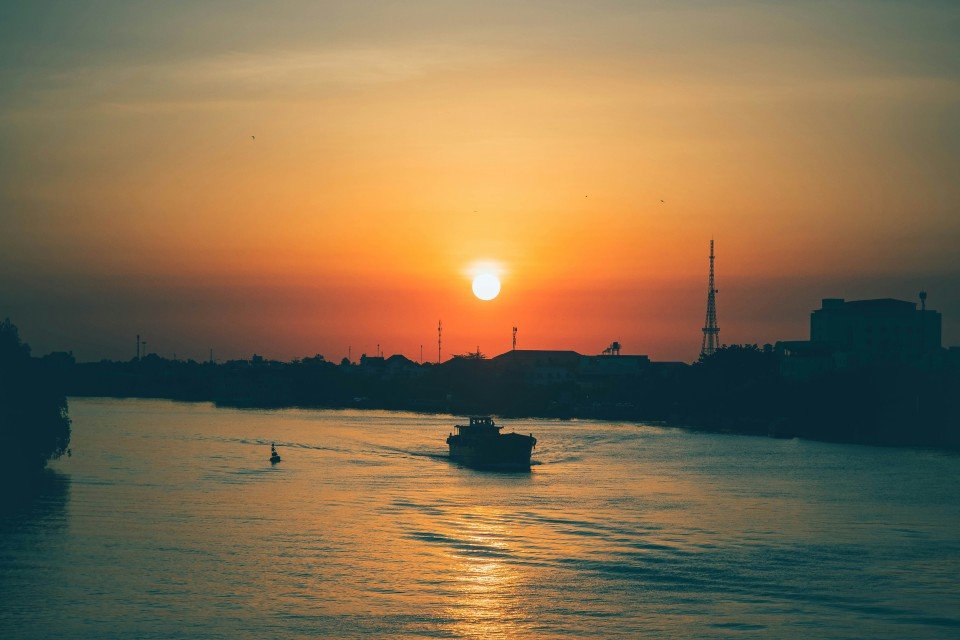
Located in the Mekong Delta of Vietnam, Ben Tre is a peaceful province recognisable by its stunning landscapes and river lifestyle. A scenic backdrop for exploration, Ben Tre is revered for its thriving coconut industry where visitors can admire coconut palms, witness traditional coconut candy making and discover the cultural heritage of the region through visits to local markets, temples and riverside villages.
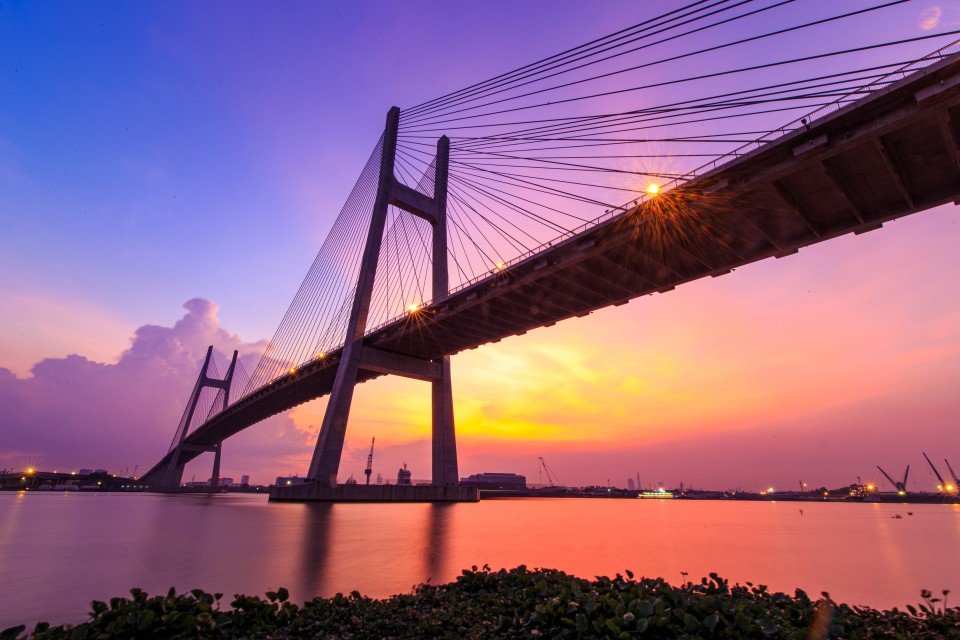
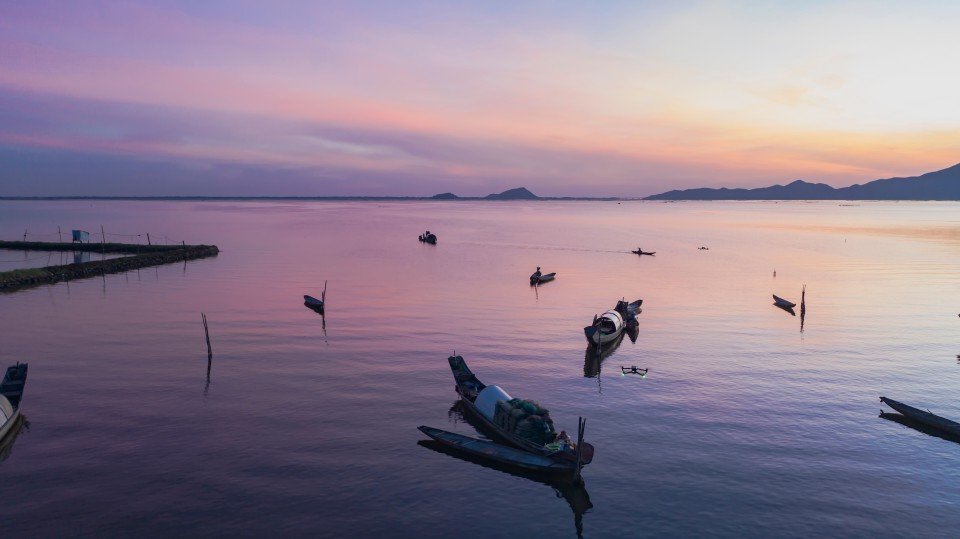
Hue (pronounced hway), bisected by the Perfume River and 13 km (8 mi) inland from the South China Sea, in the foothills of the Annamite Mountains (Truong Son Mountains), stands as a reminder of Vietnam's imperial past. The seat of 13 Nguyen-dynasty emperors between 1802 and 1945, Hue was once Vietnam's splendid Imperial City. Although it was devastated by the French in the 19th century and again by fighting between the Vietnamese Communists and the Americans in the 20th, the monument-speckled former capital has a war-ravaged beauty. One can still imagine its former splendor, despite gaping holes in its silhouette. Hue is a UNESCO World Heritage Site, and the city's gems are slowly being restored.
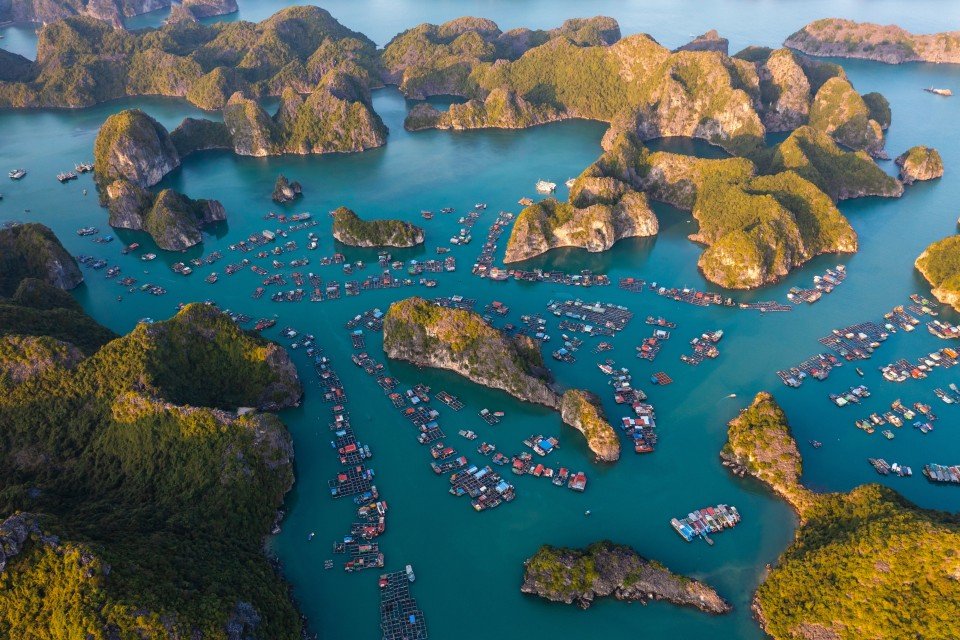
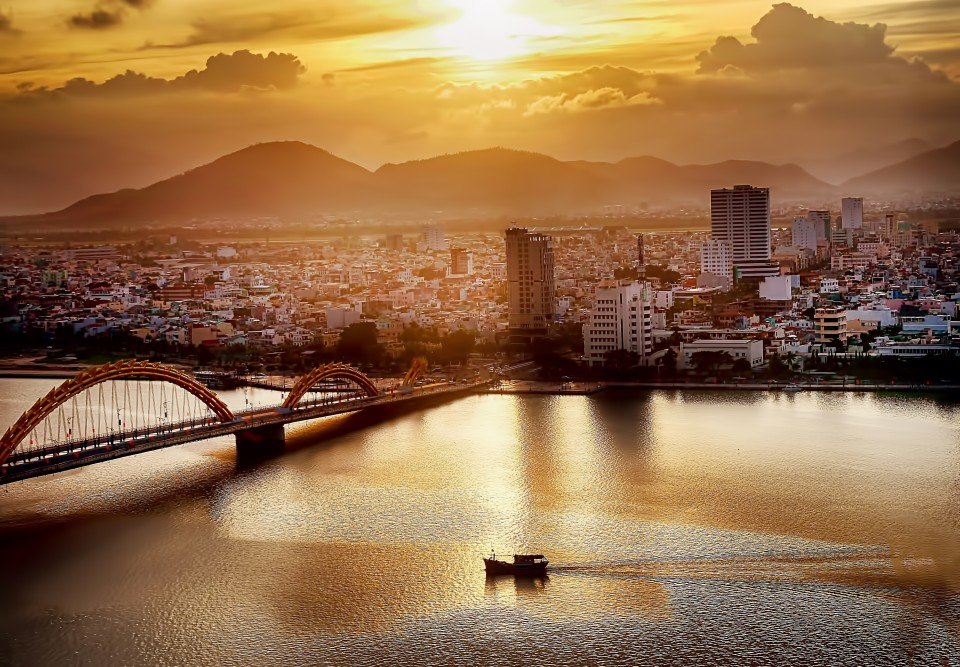
Da Nang is the third largest city in Vietnam with the land area of 1283 square kilometre and the population of approximately 1million people. Da Nang is growing into one of the most organized urban area, with attractive beach front villas on the one side and Han River flowing on the other. Of the few attractions that belong to the city, Museum of Cham stands out with its rich collection of Cham artefacts. For those who crave for more outdoors activities, My Khe beach is a good place to spend time, either by yourself or with your loved ones. Da Nang is in close proximity to Hue- 3 hours North and Hoi An- 30 minutes south, which makes it a perfect stop point for those who need a break from touristy areas. Hue was once the Royal Capital of Viet Nam. The city represents the outstanding demonstration of the power of the vanished Vietnamese feudal empire, including a complex of monuments, tombs and pagodas that attract tourists coming from all over the world. Hoi An has to this days well preserved its most sacred treasure, the centuries-old architecture. The town used to harbour foreign traders back in the 17-18th, and once is an important heavily-frequented trading port in Southeast Asia.
